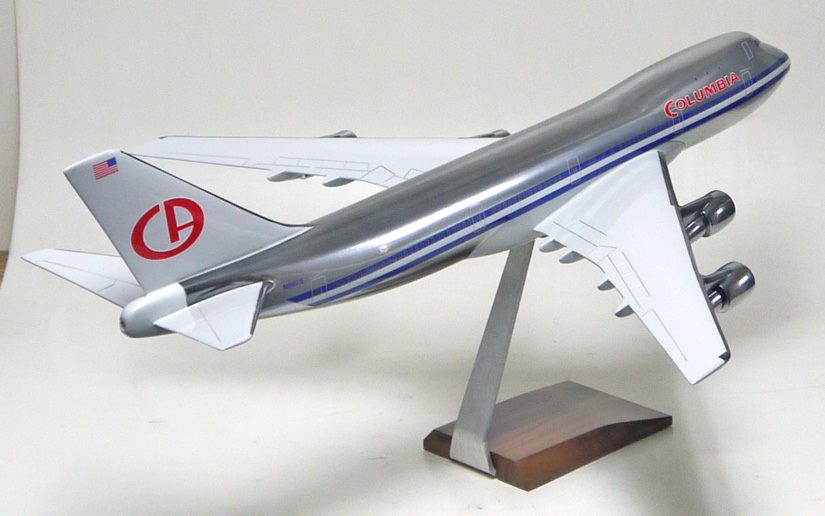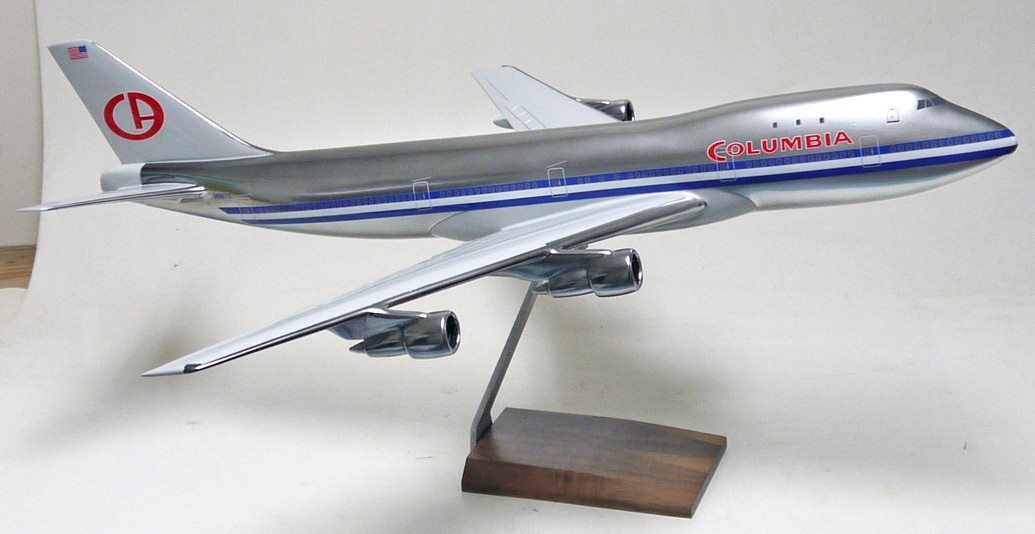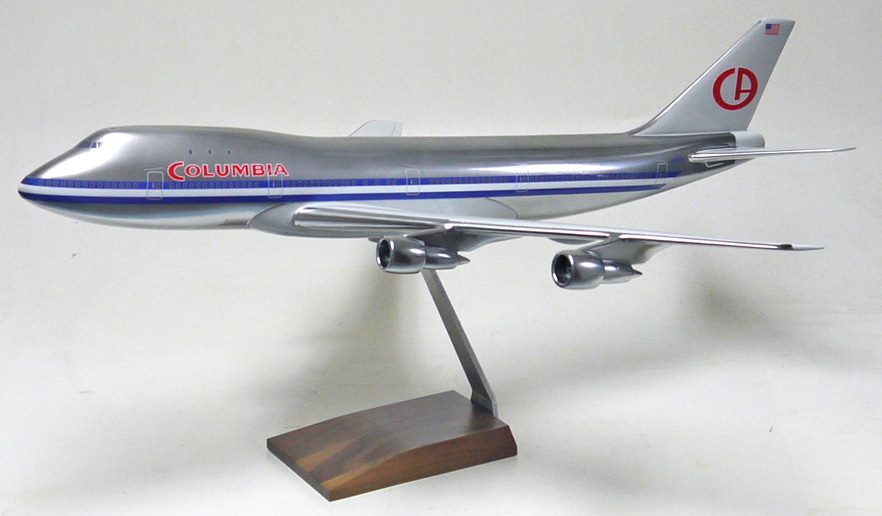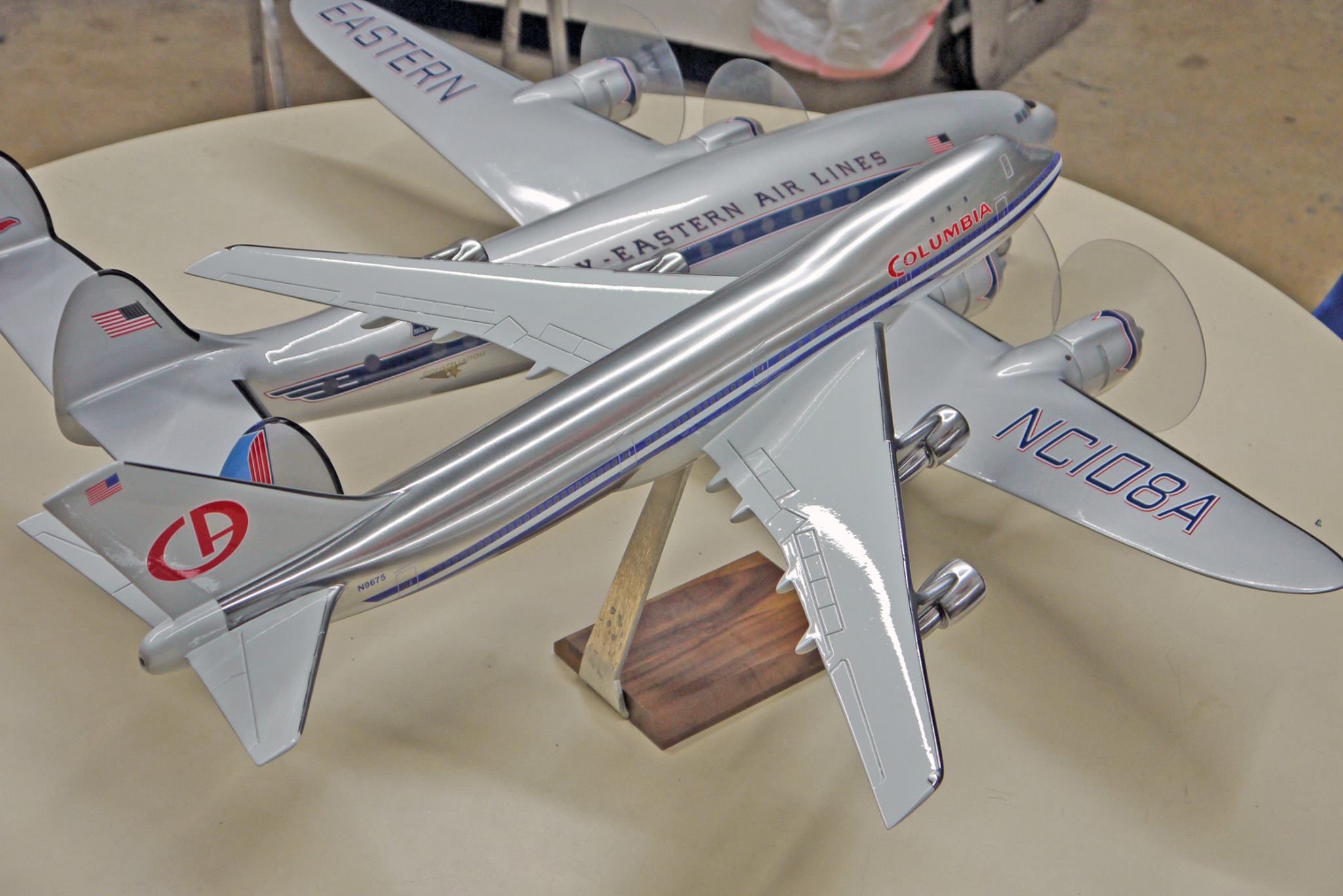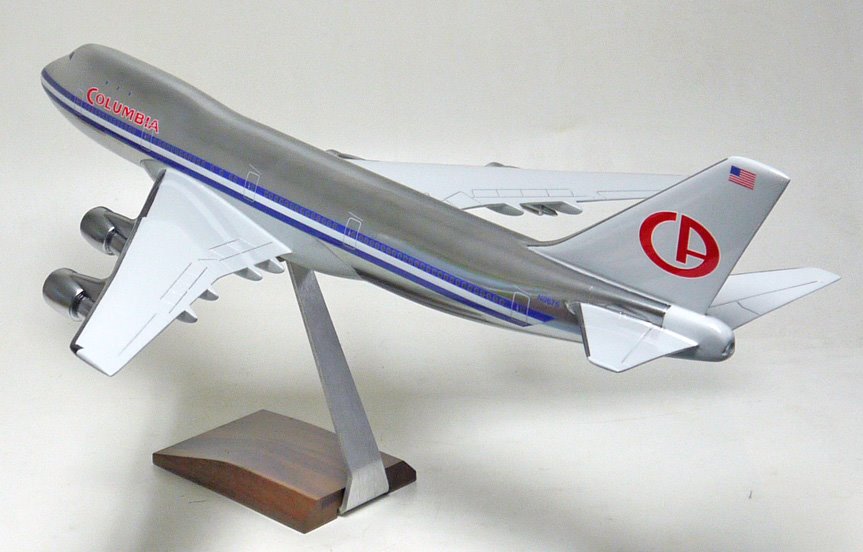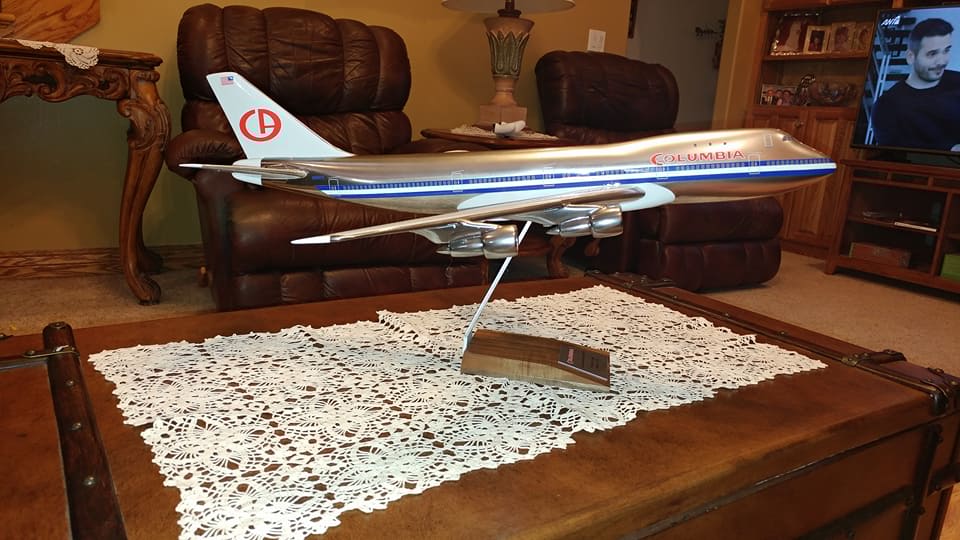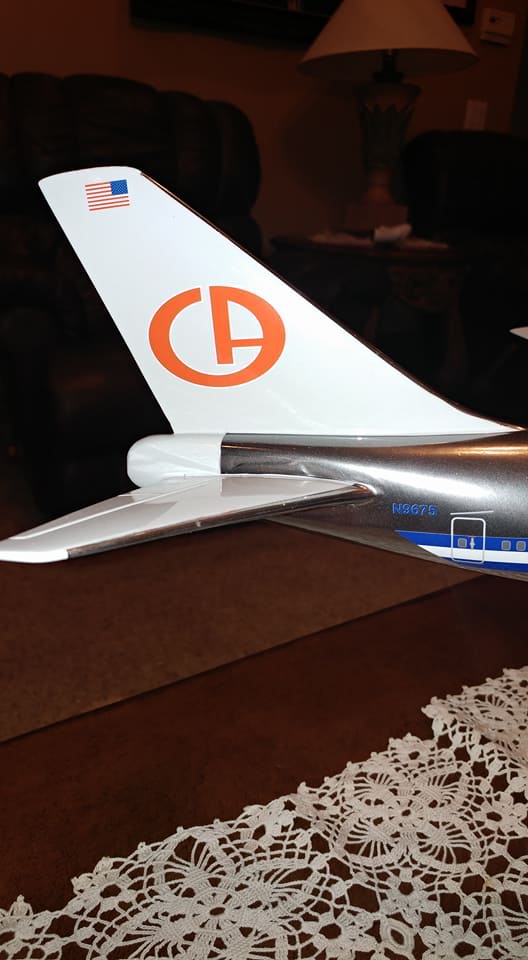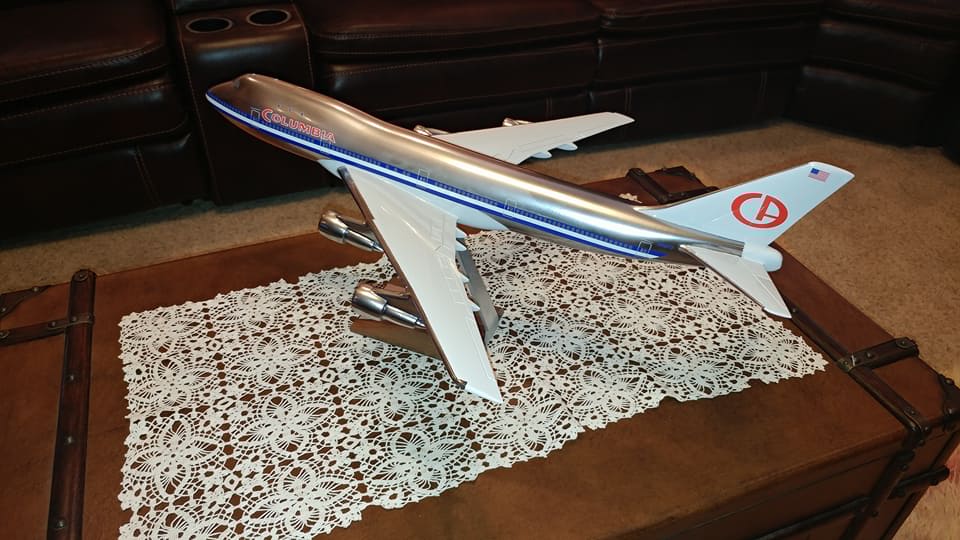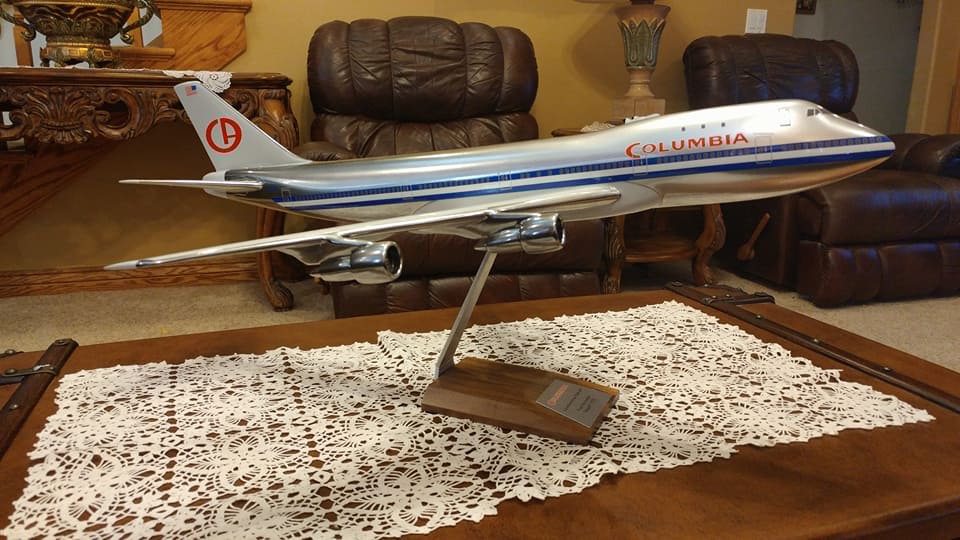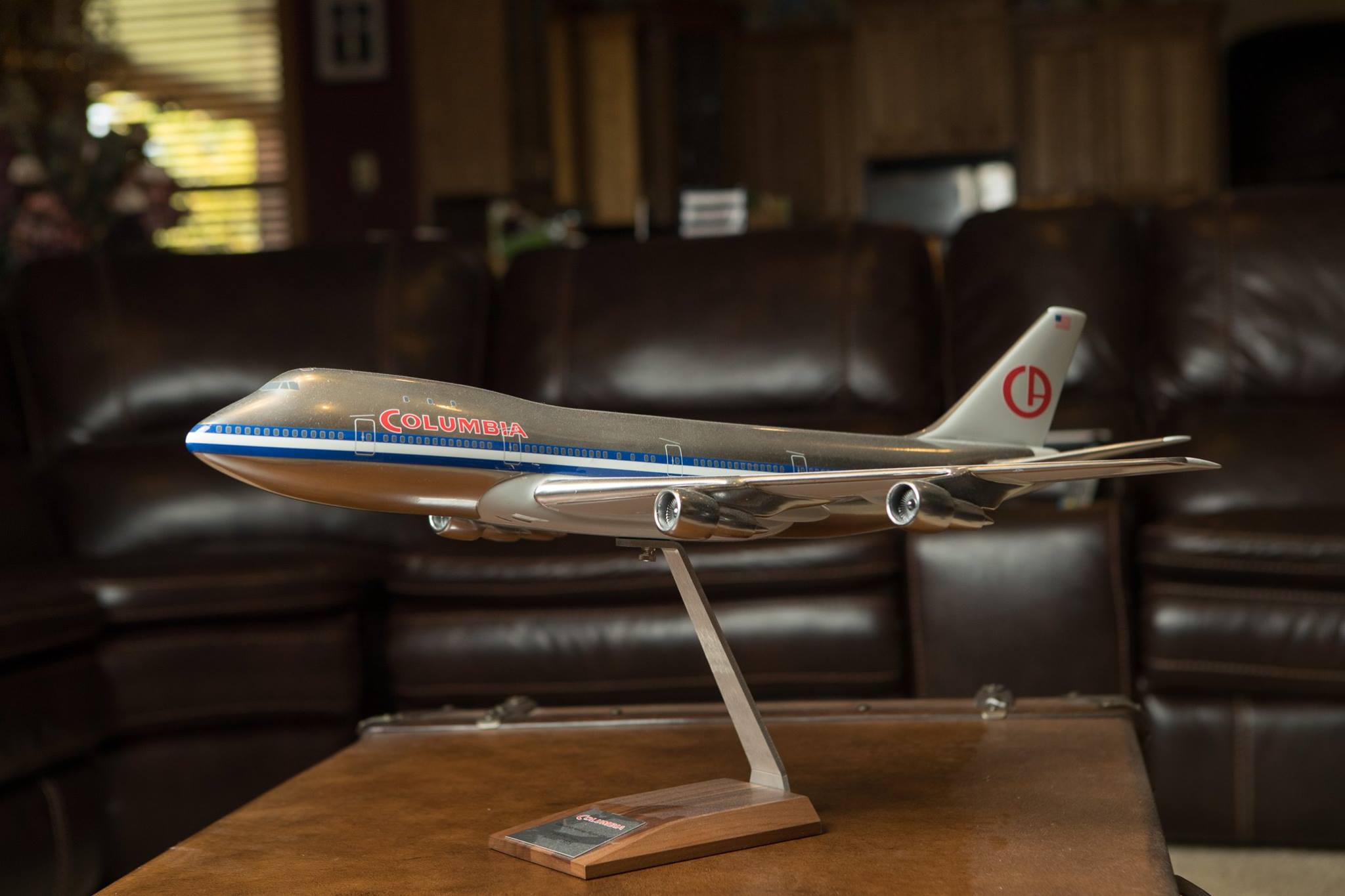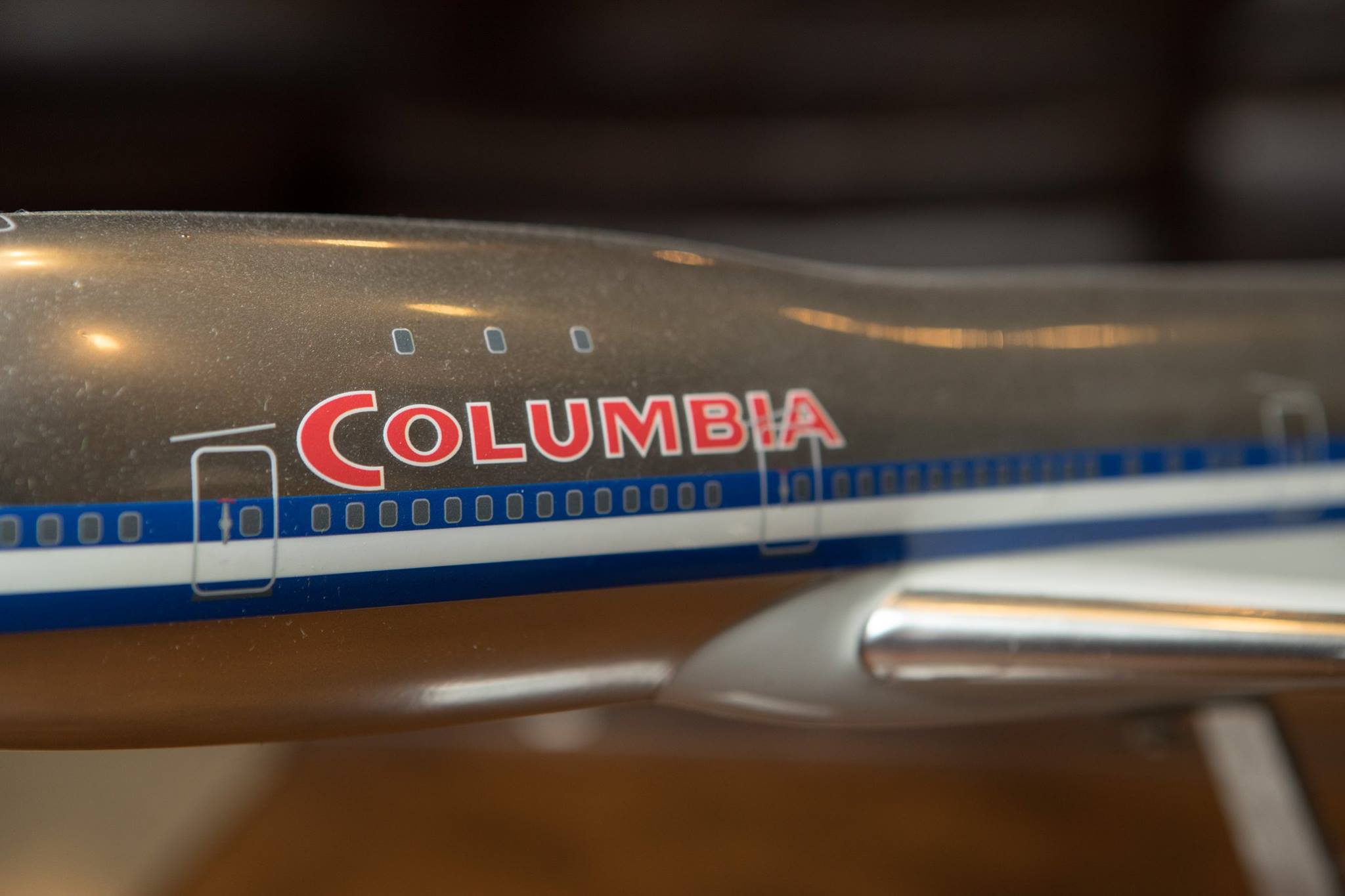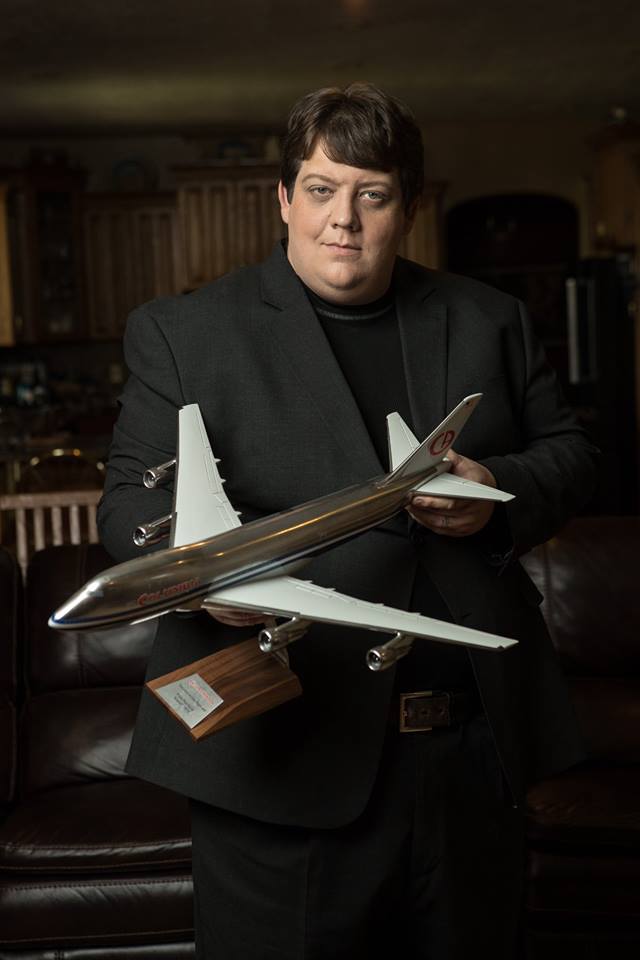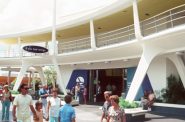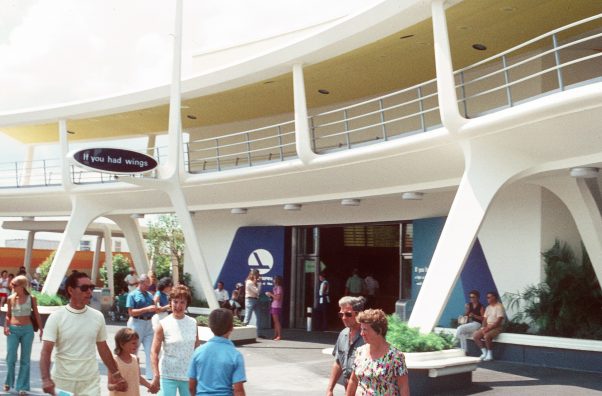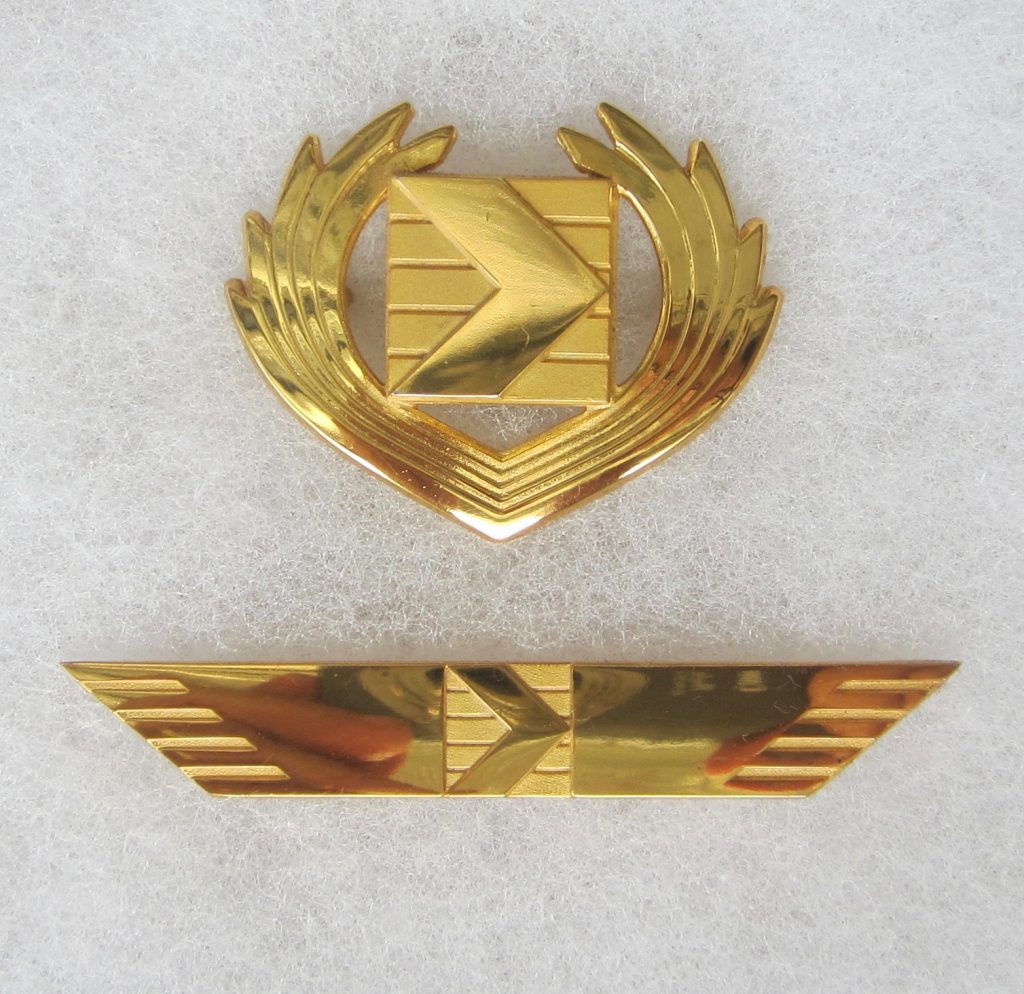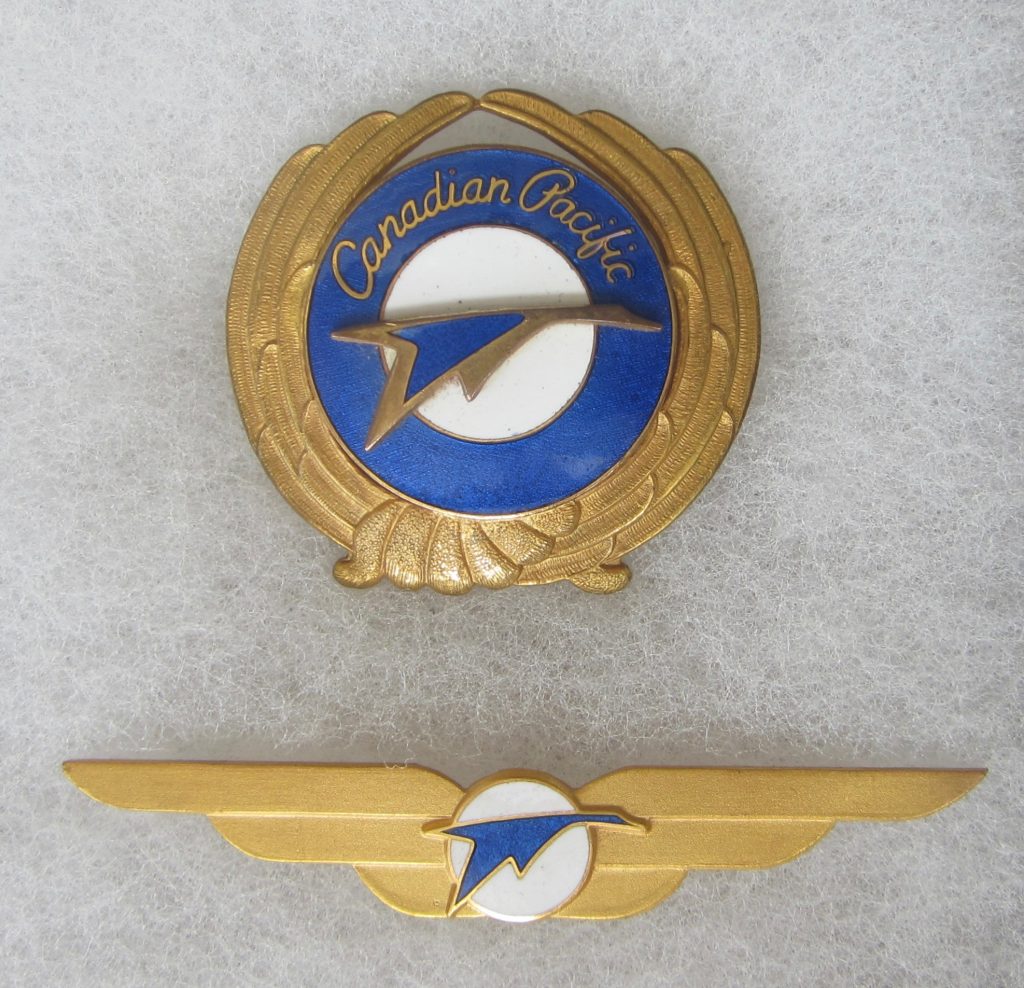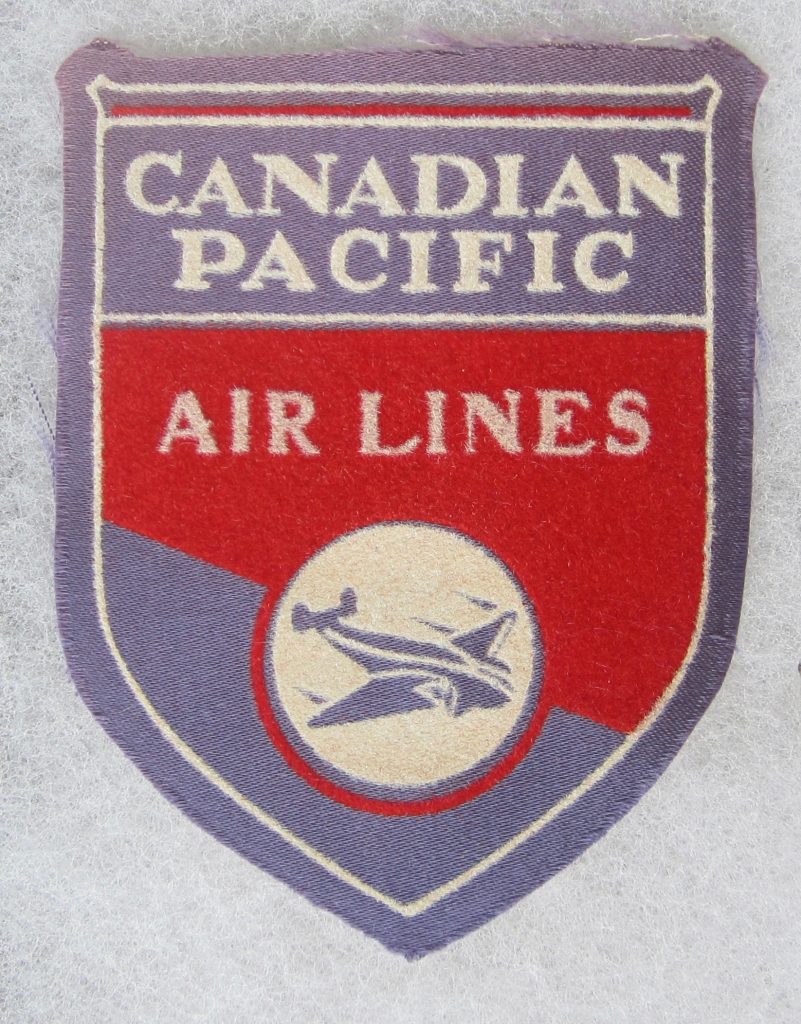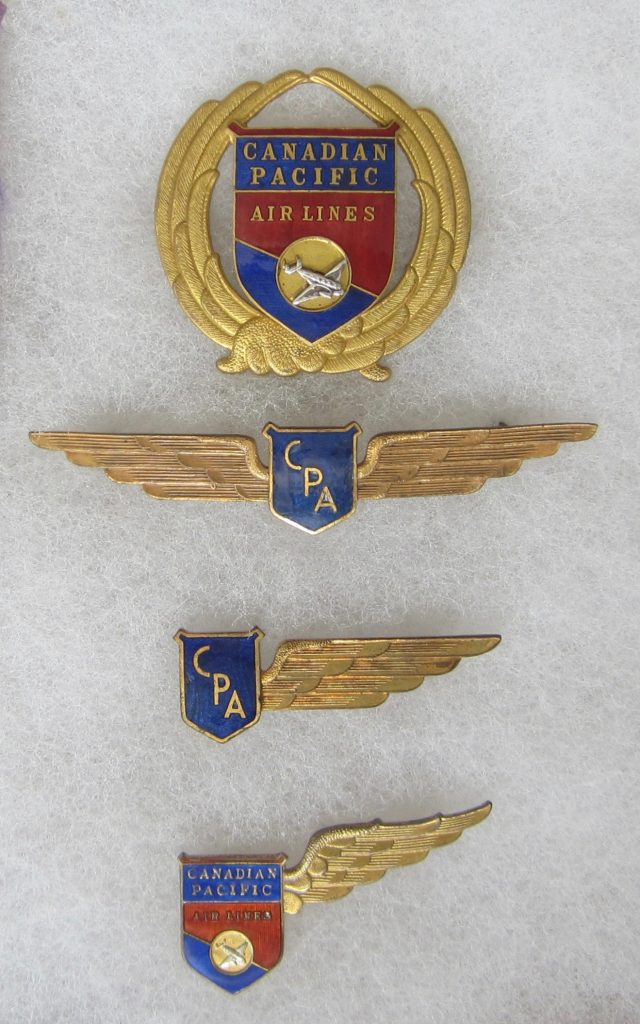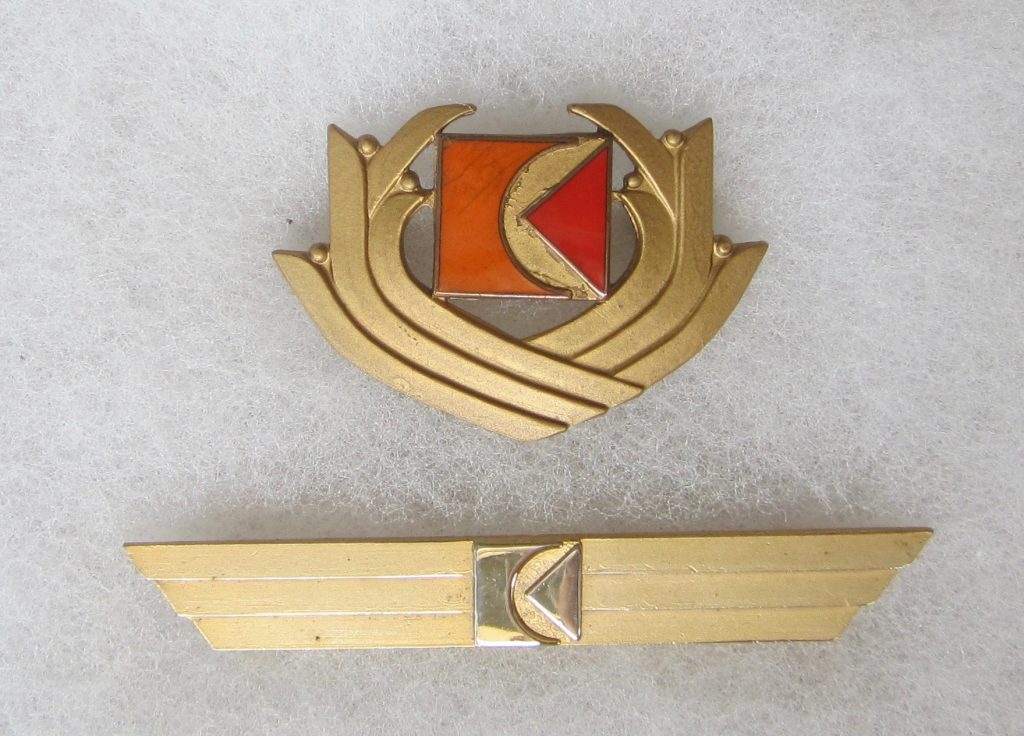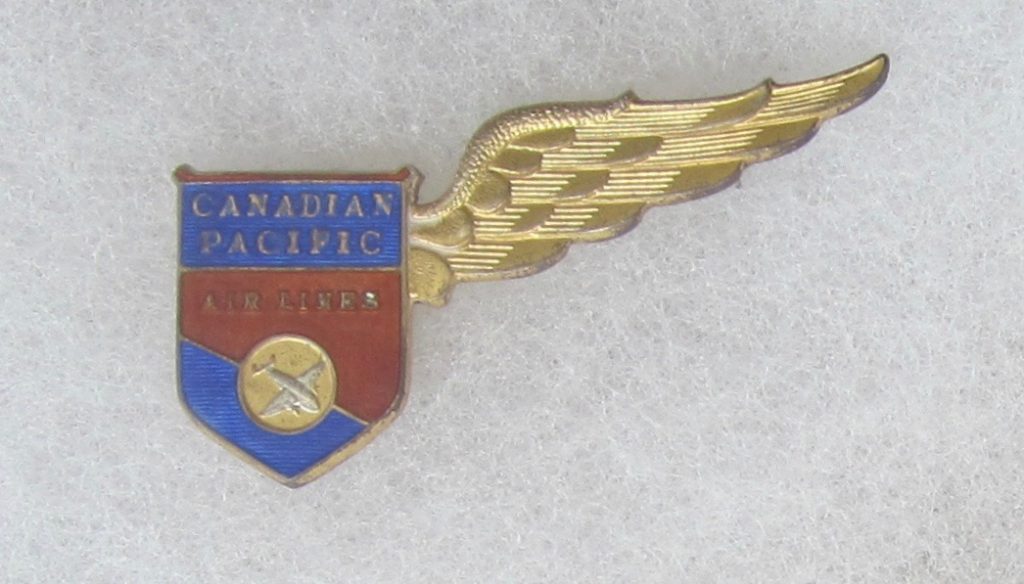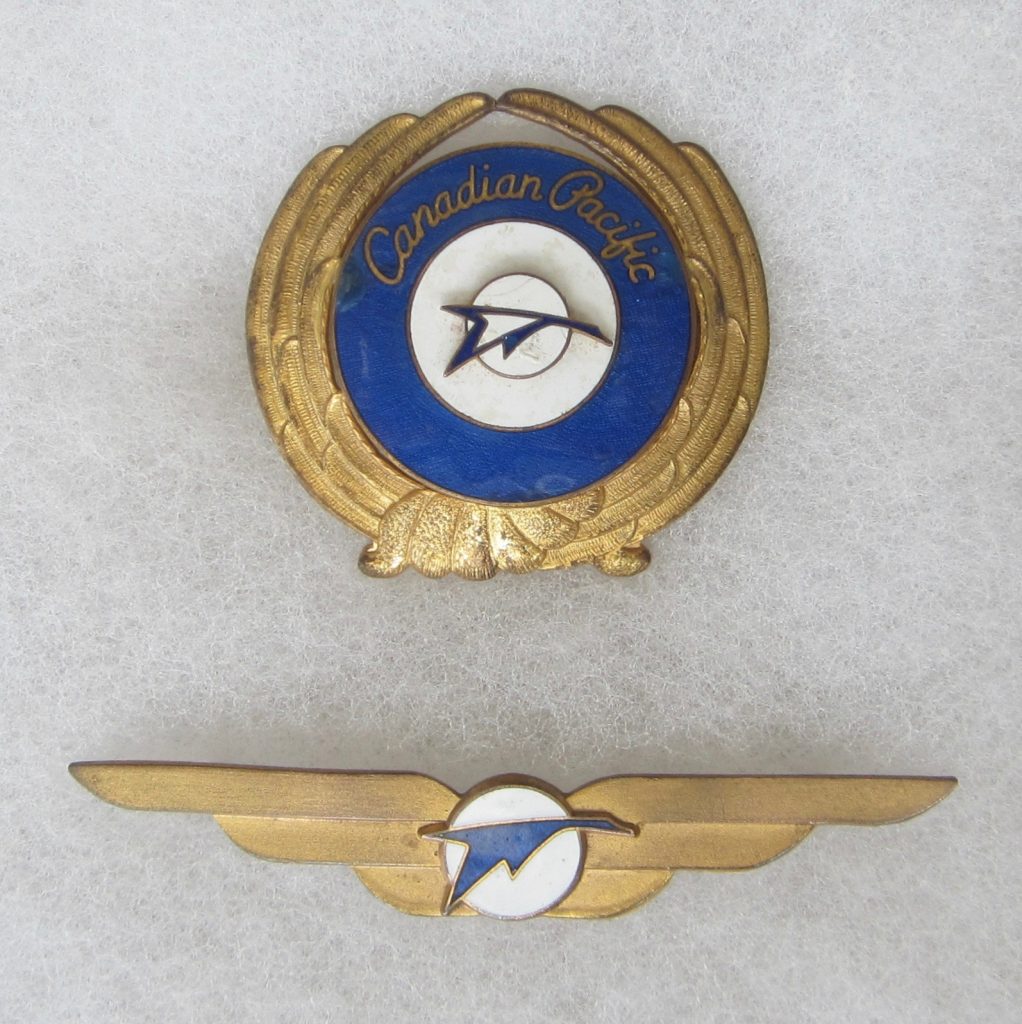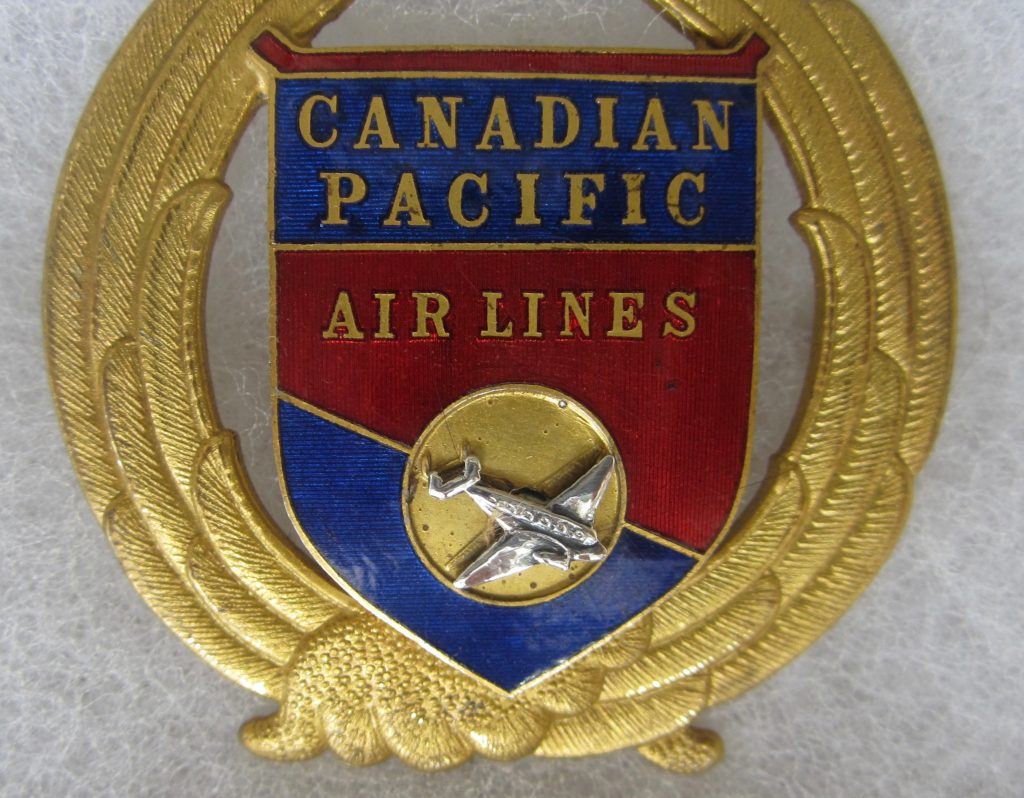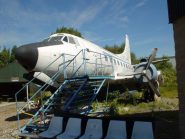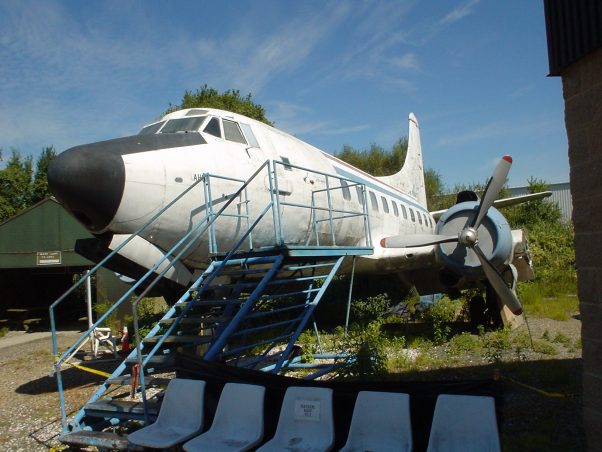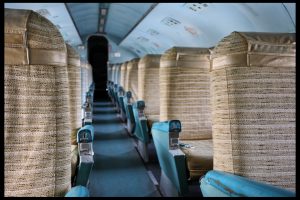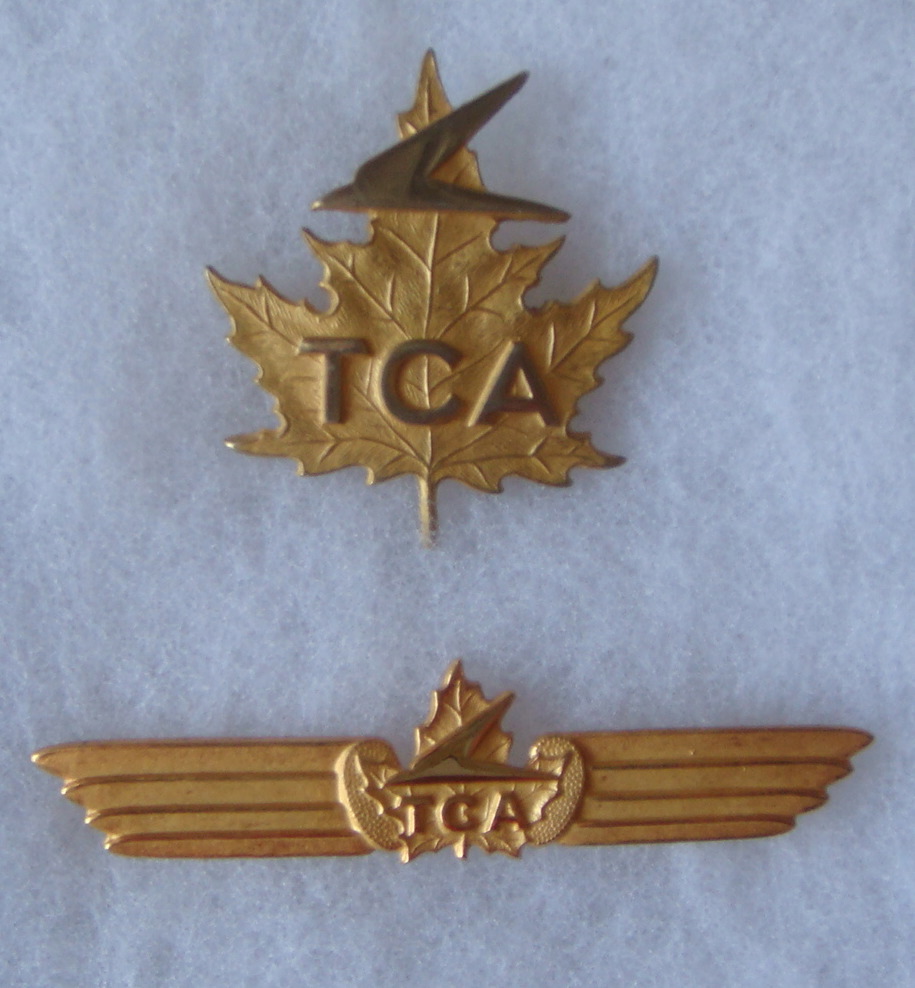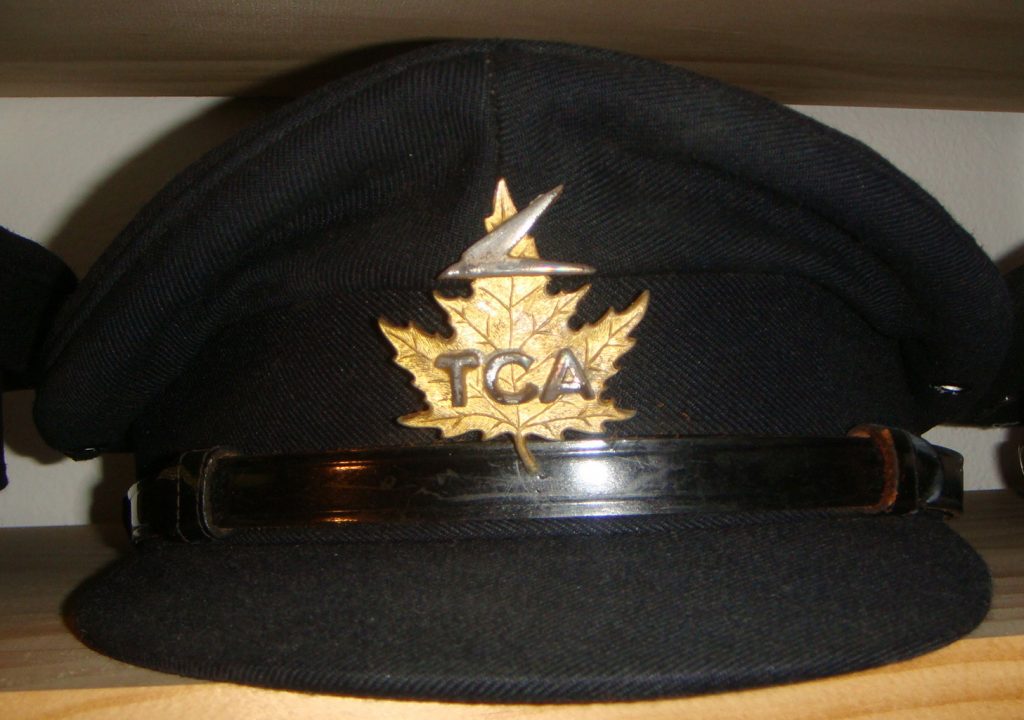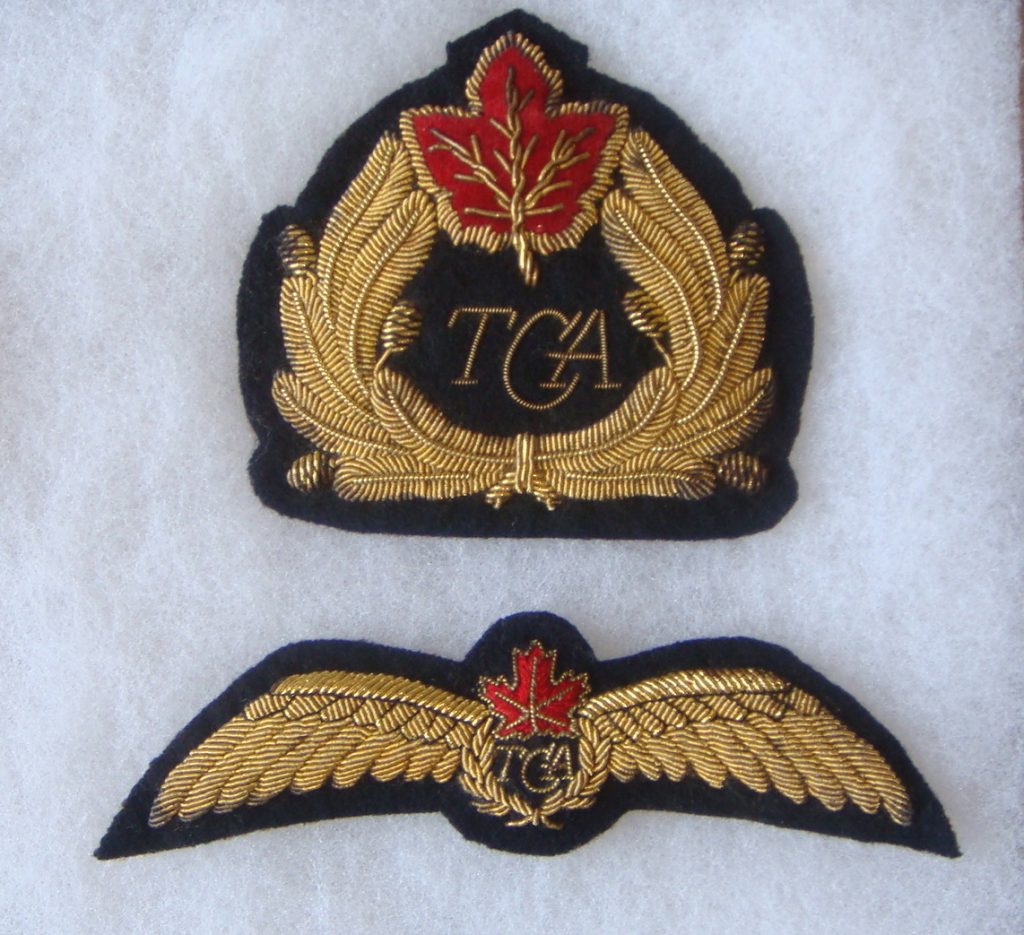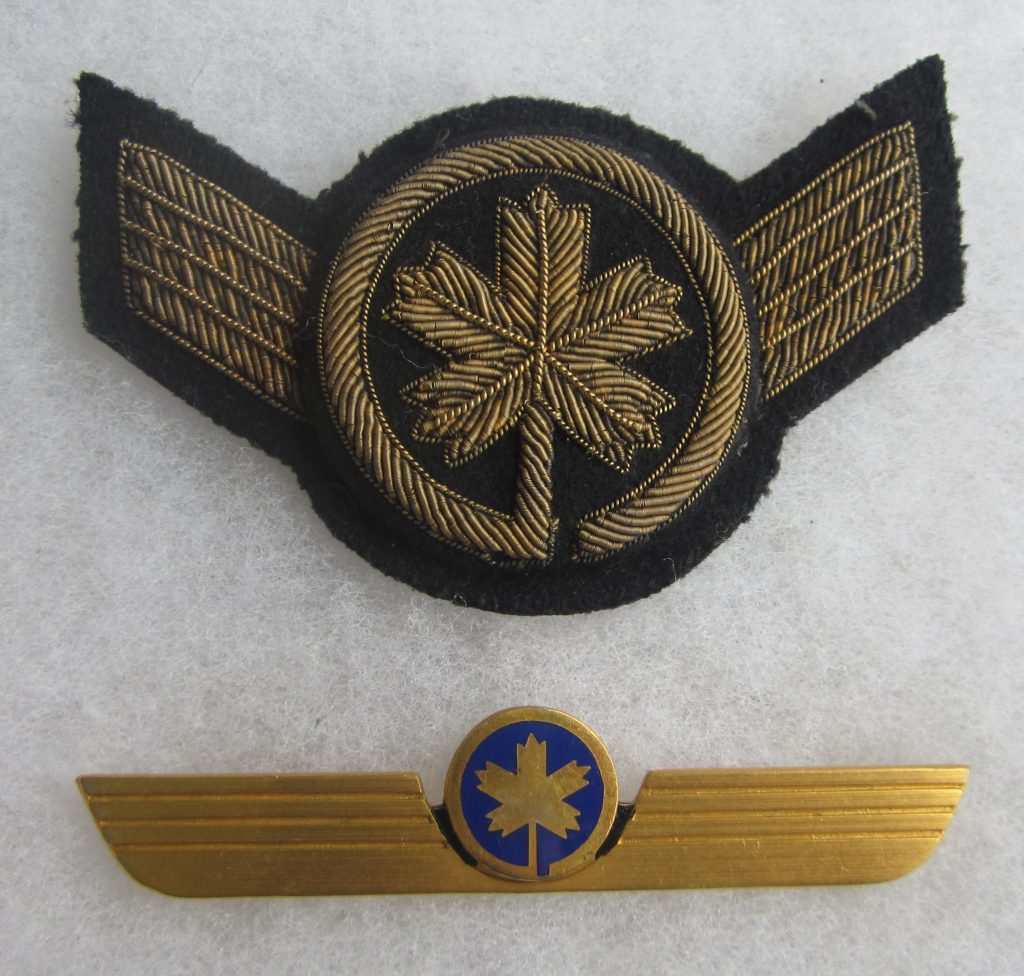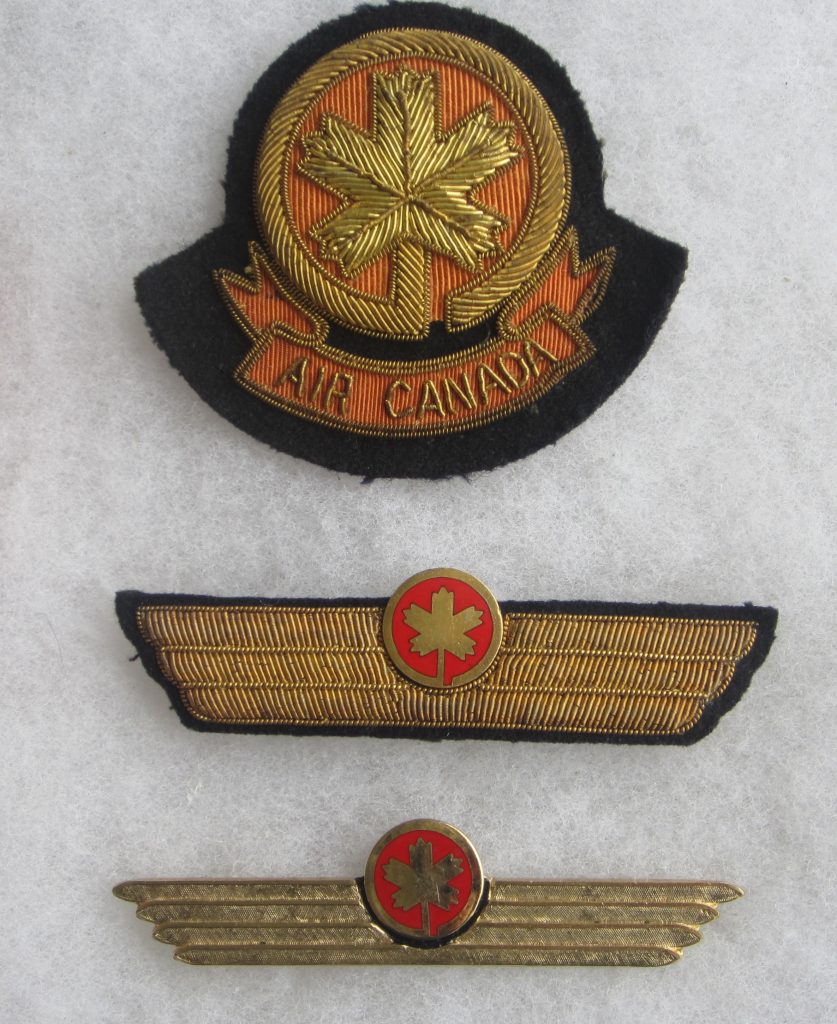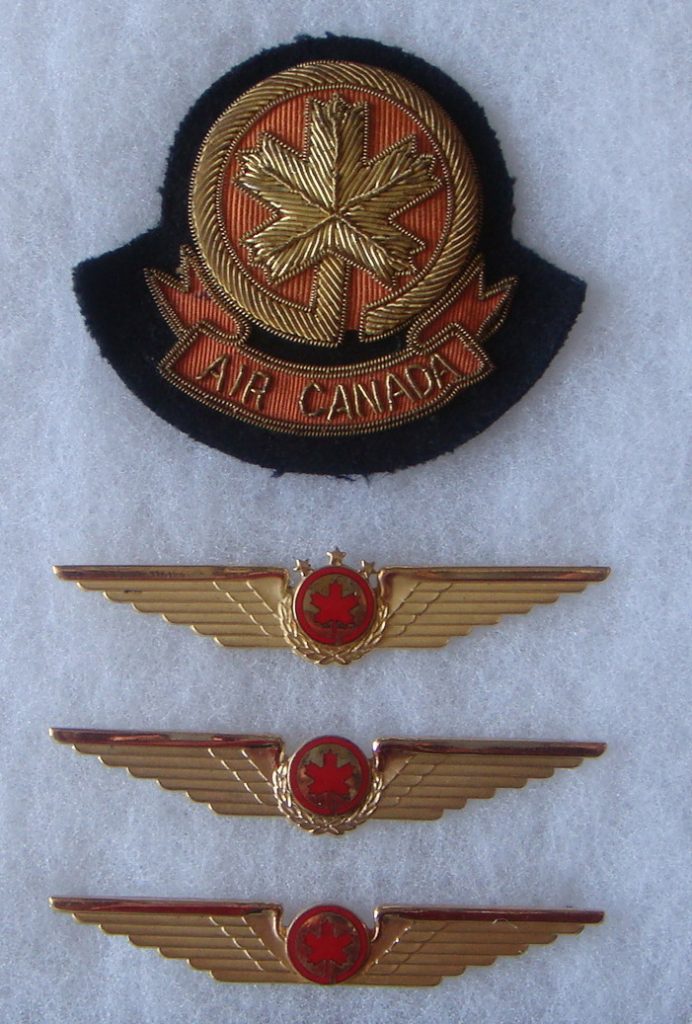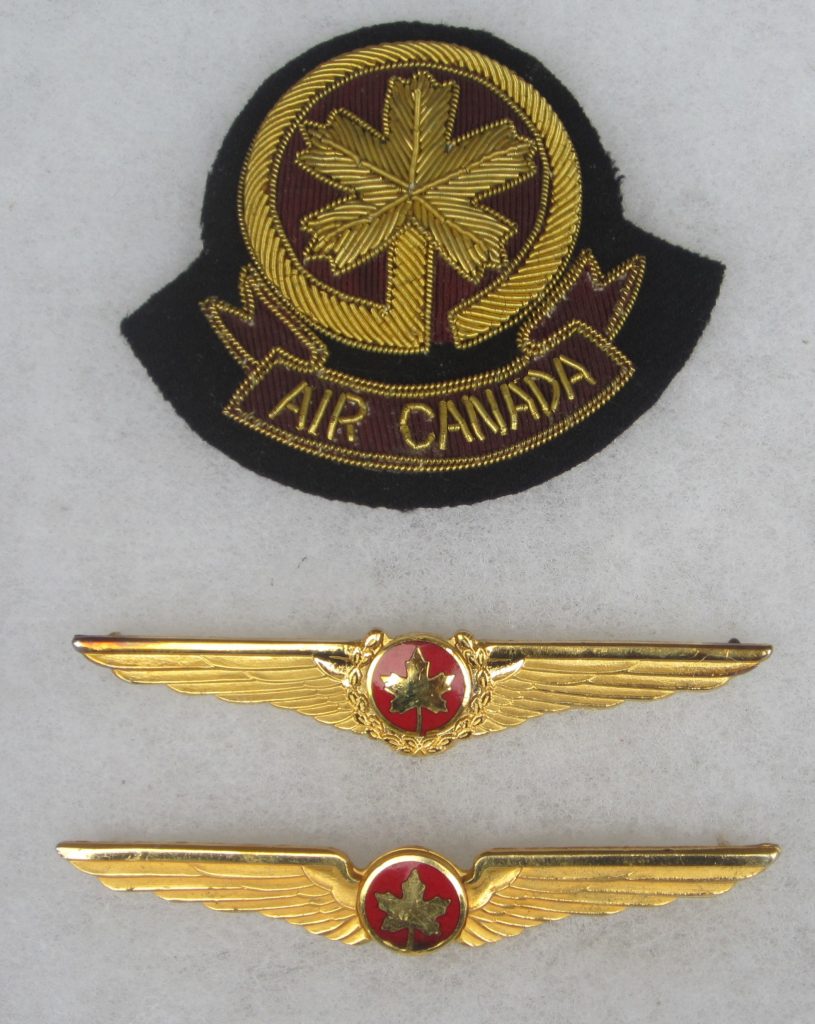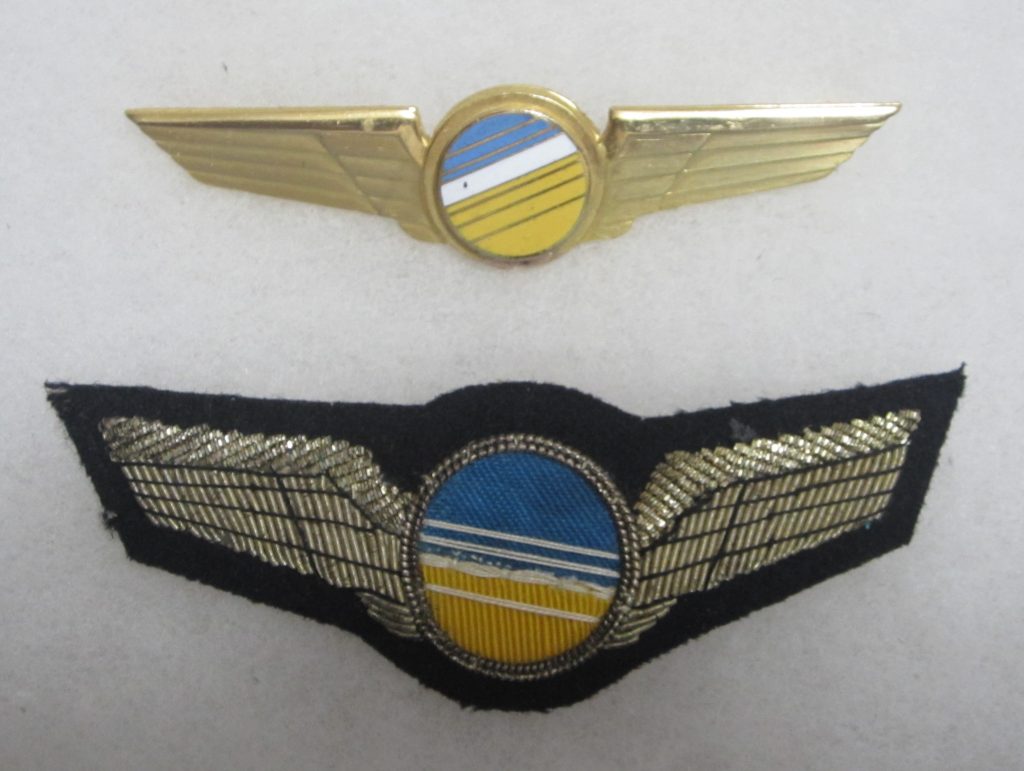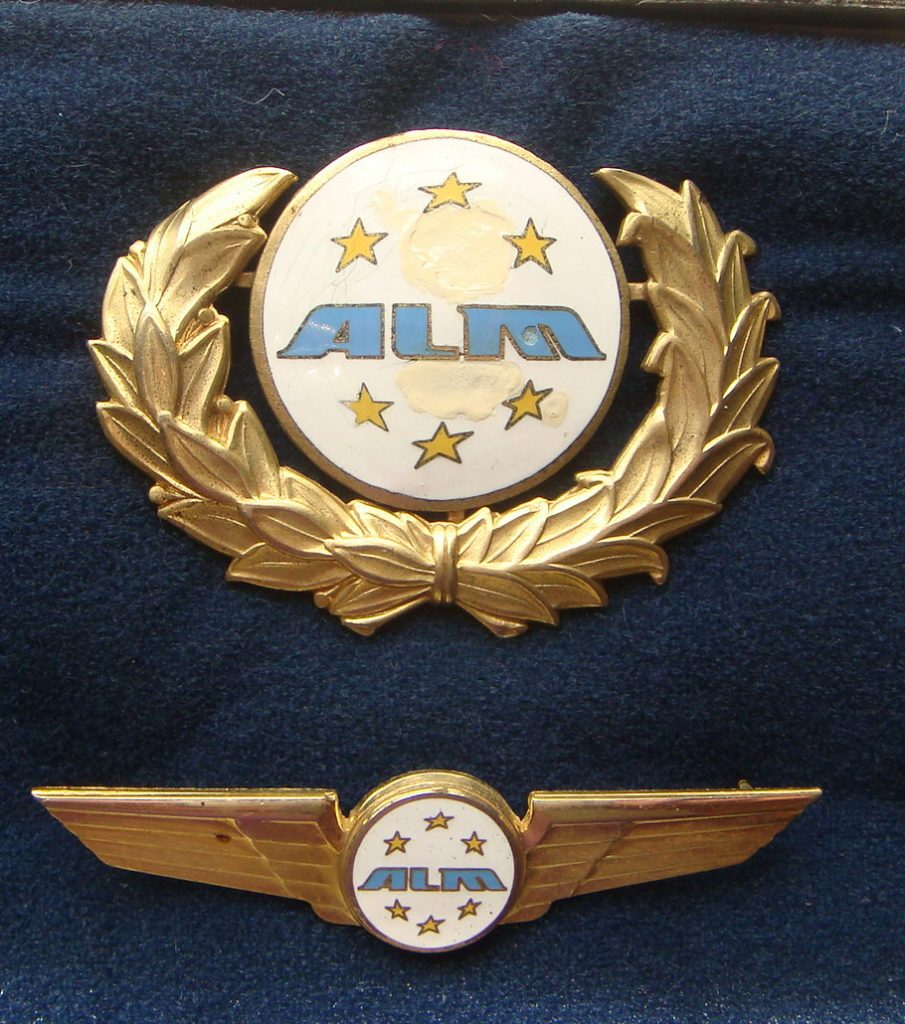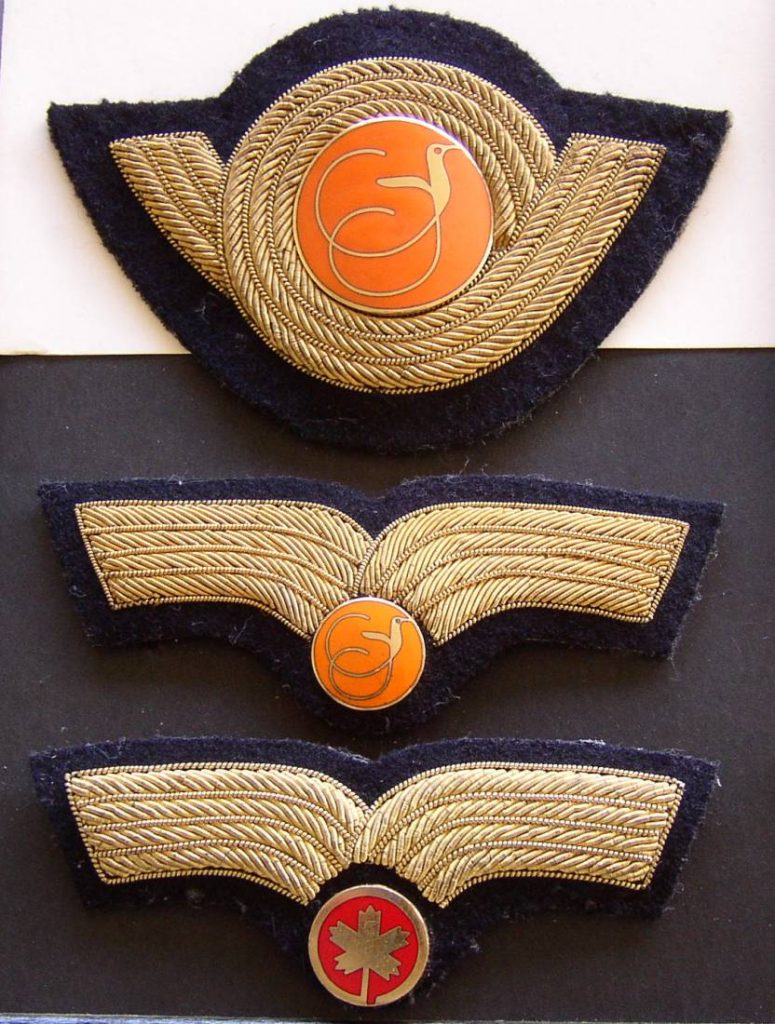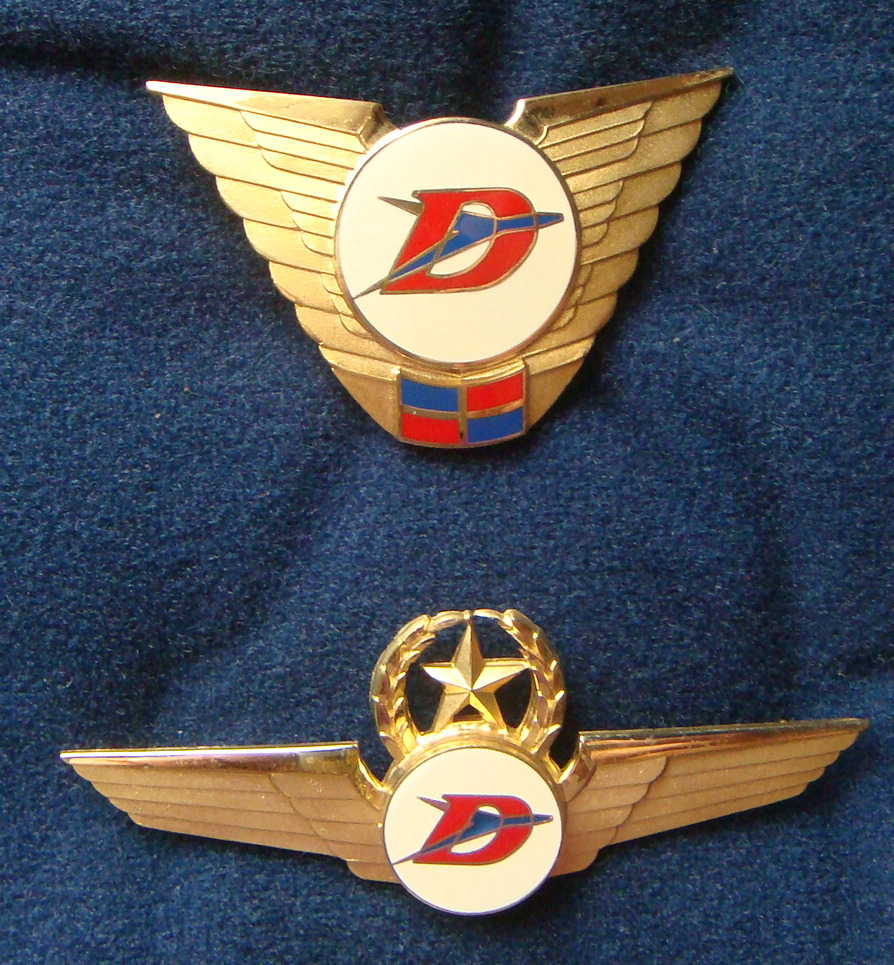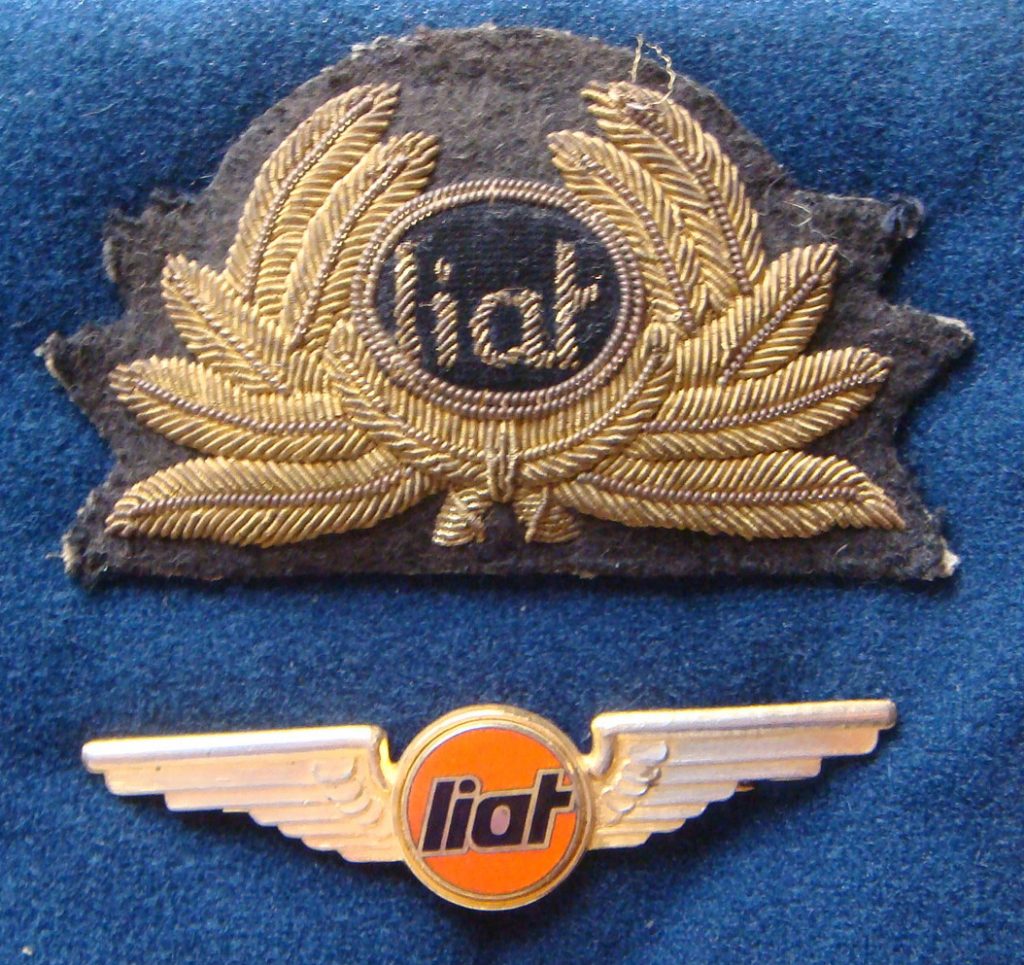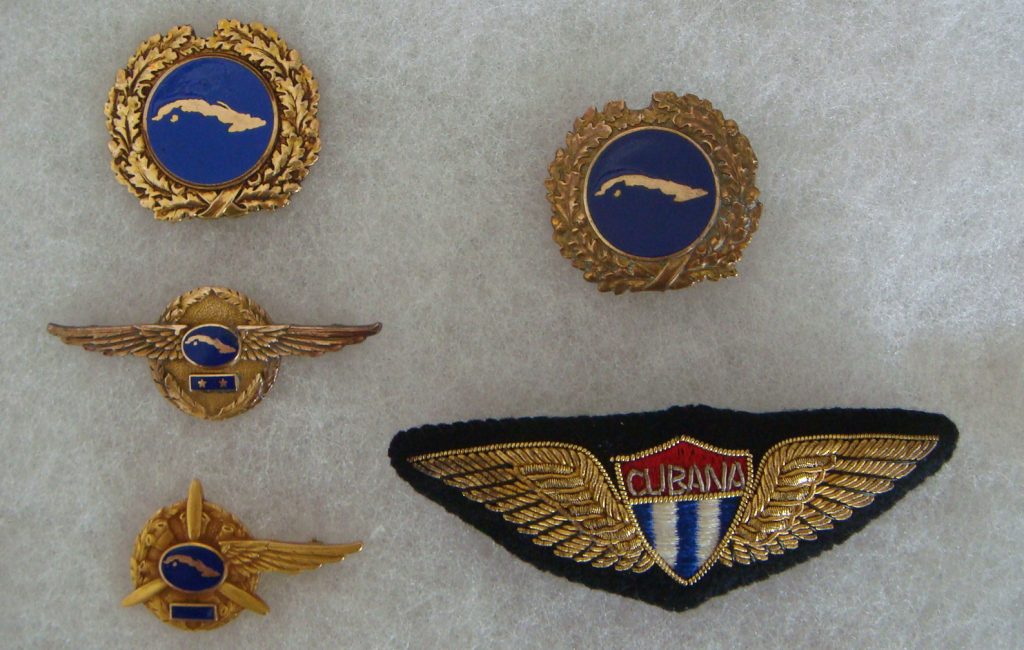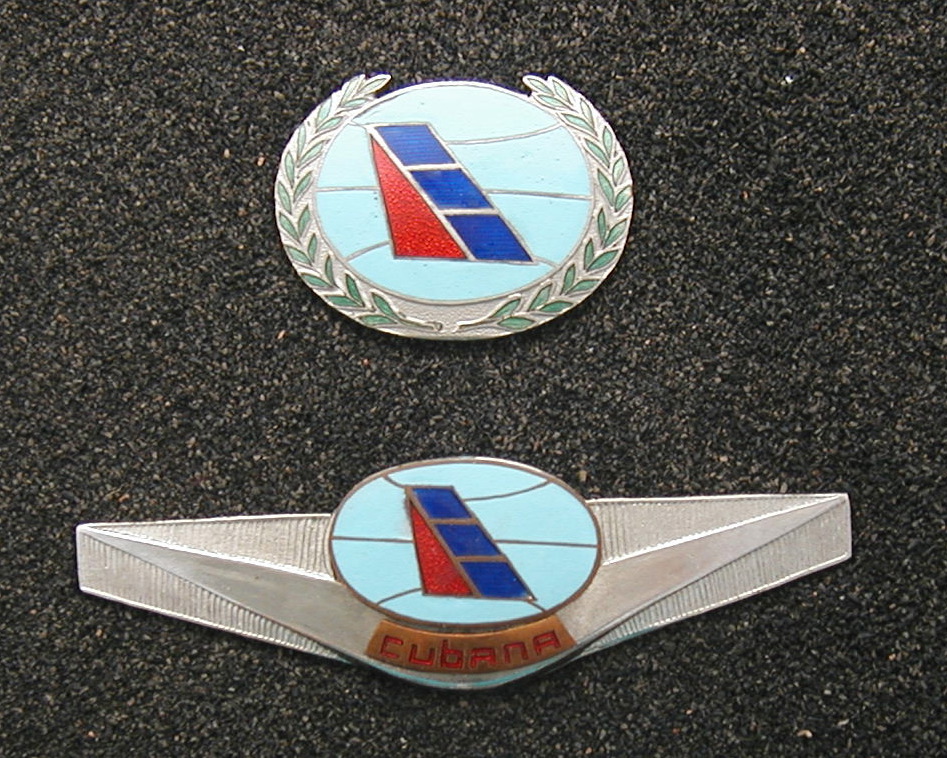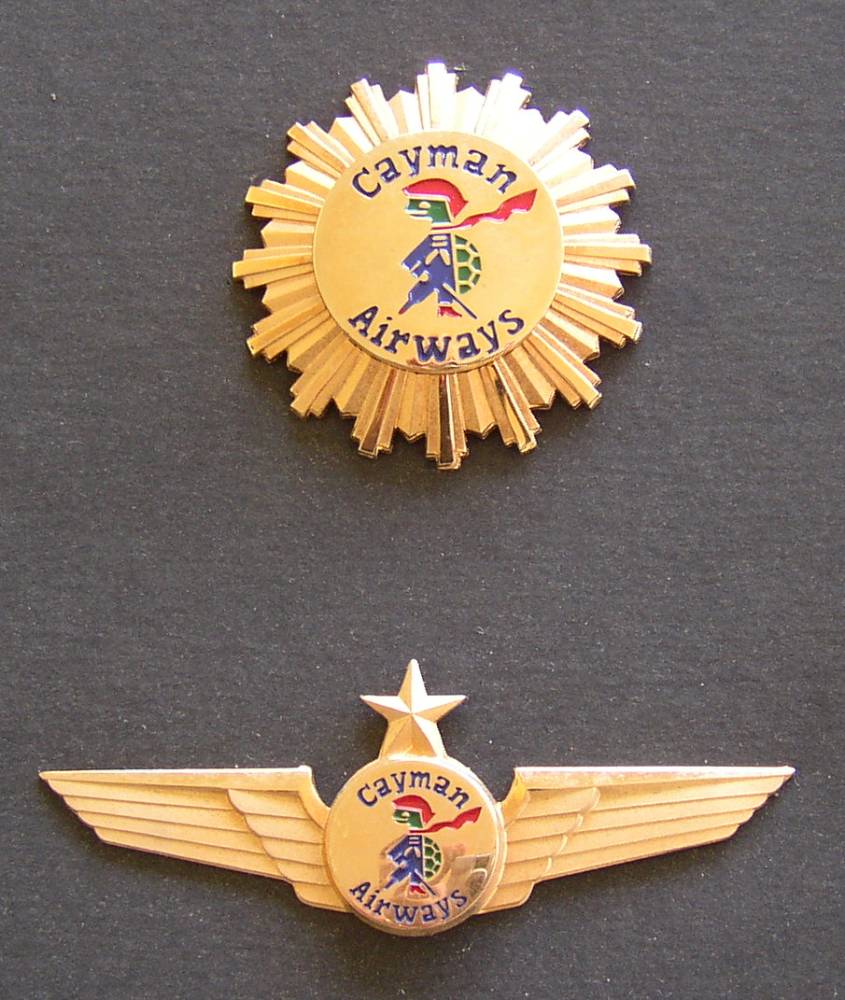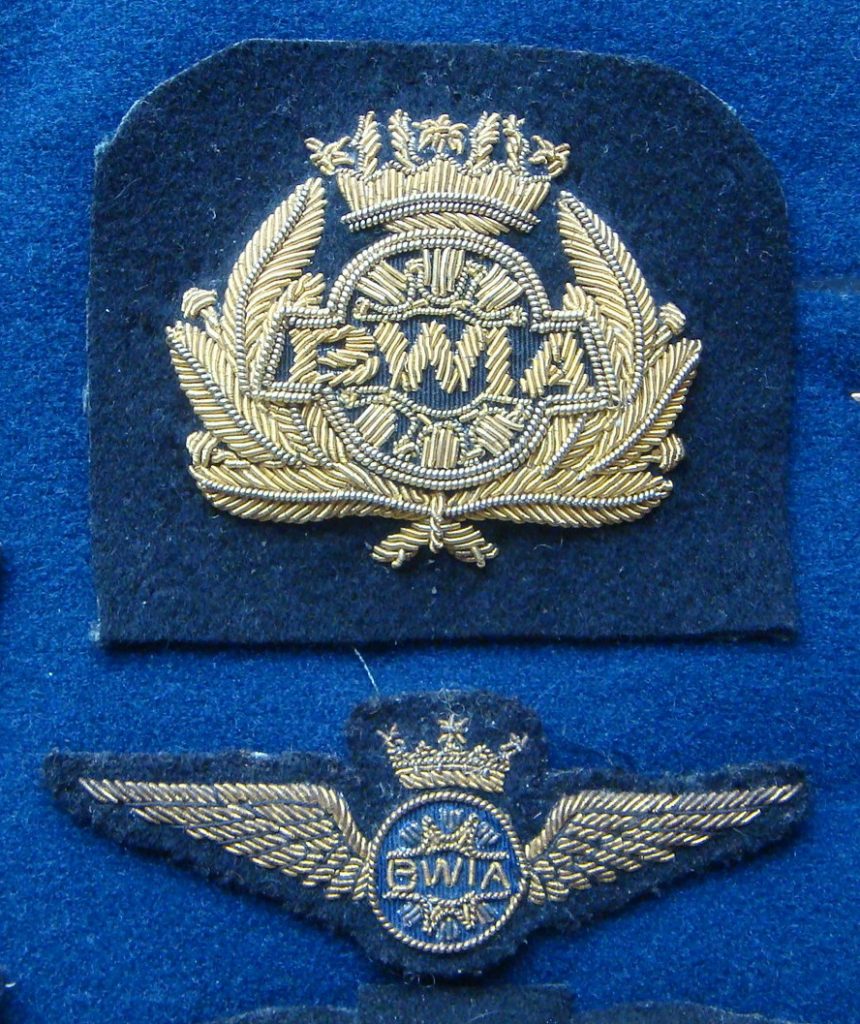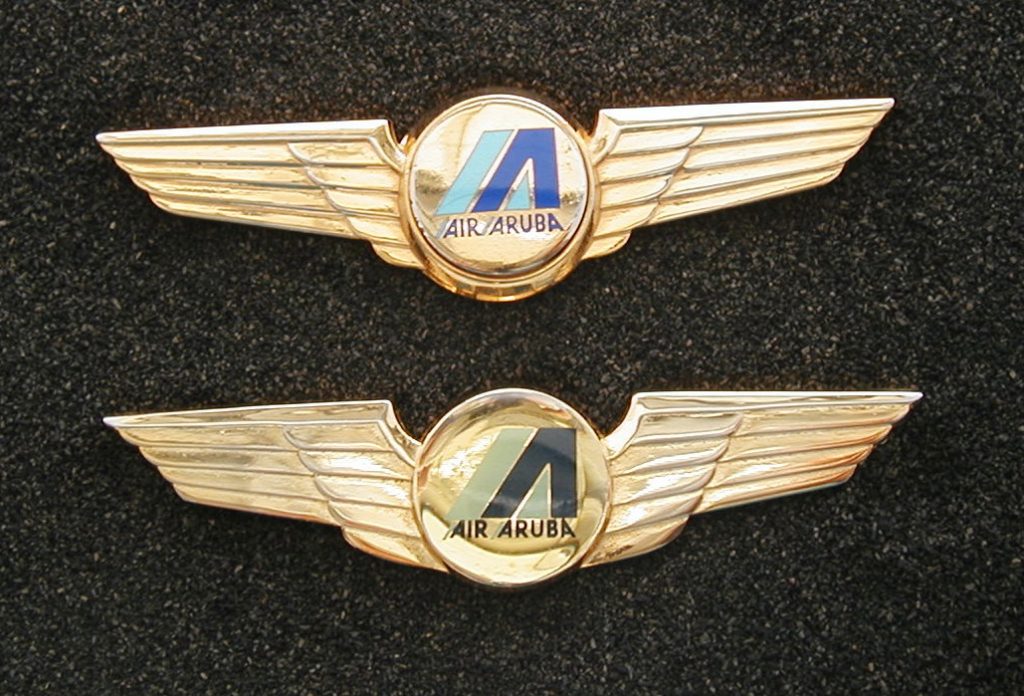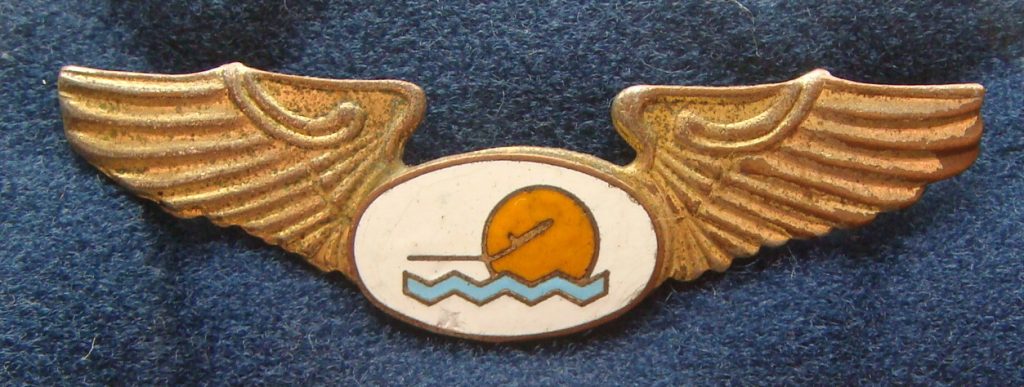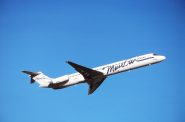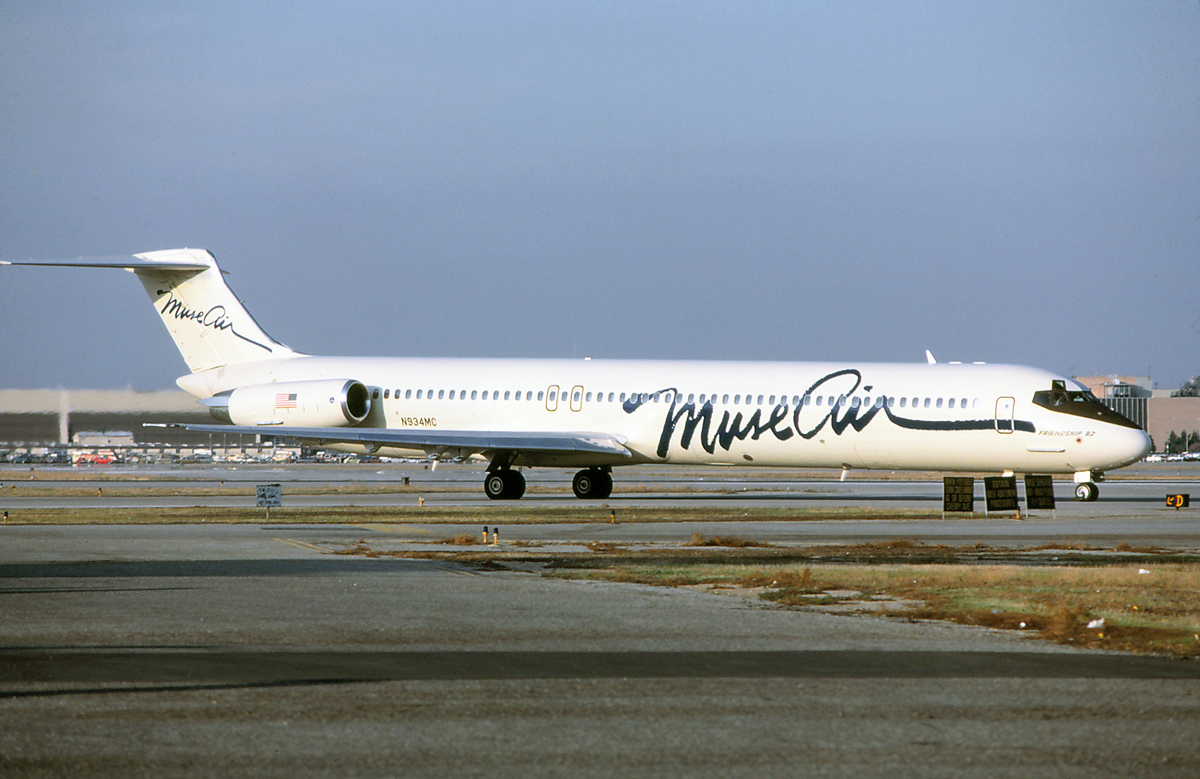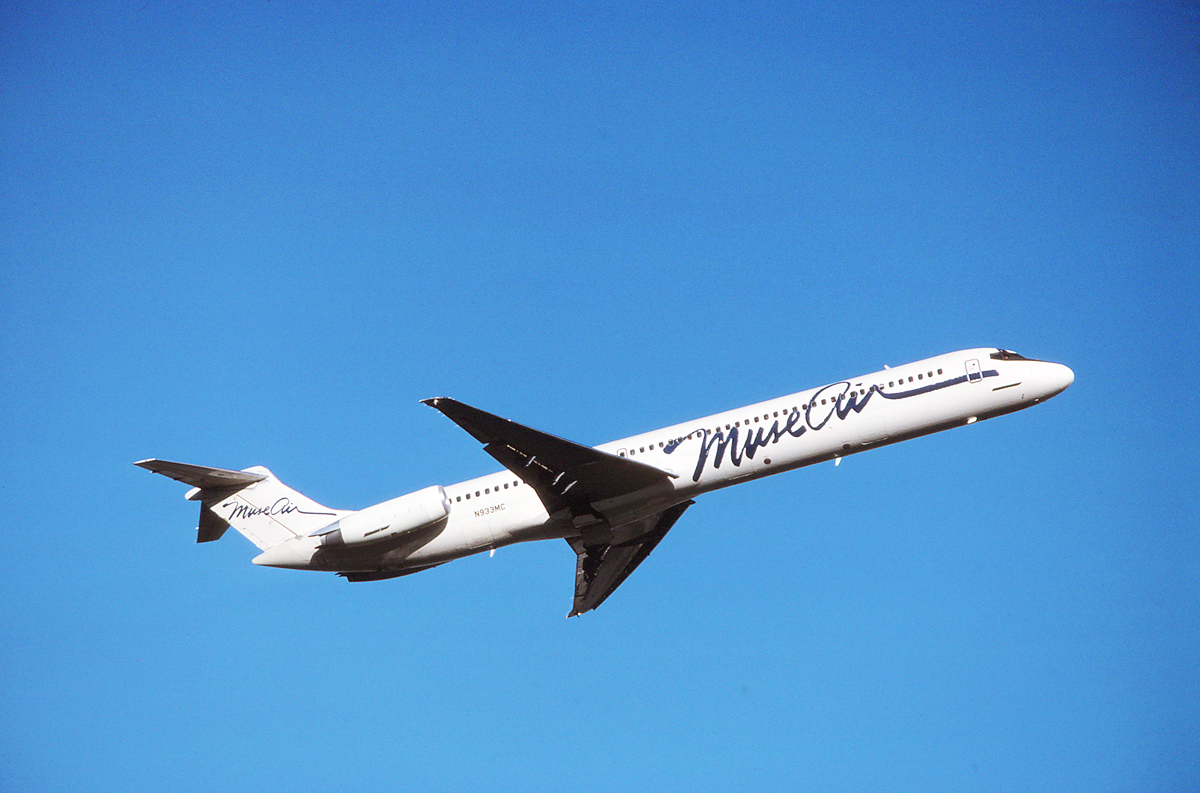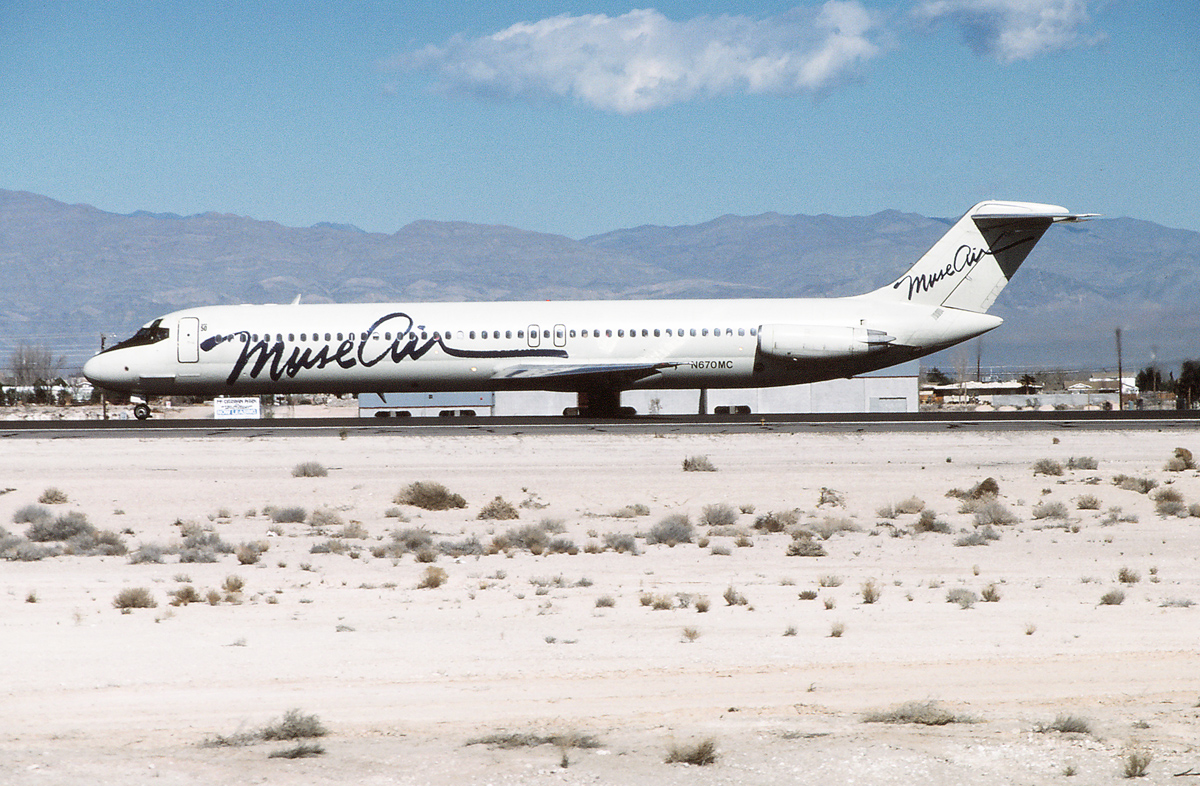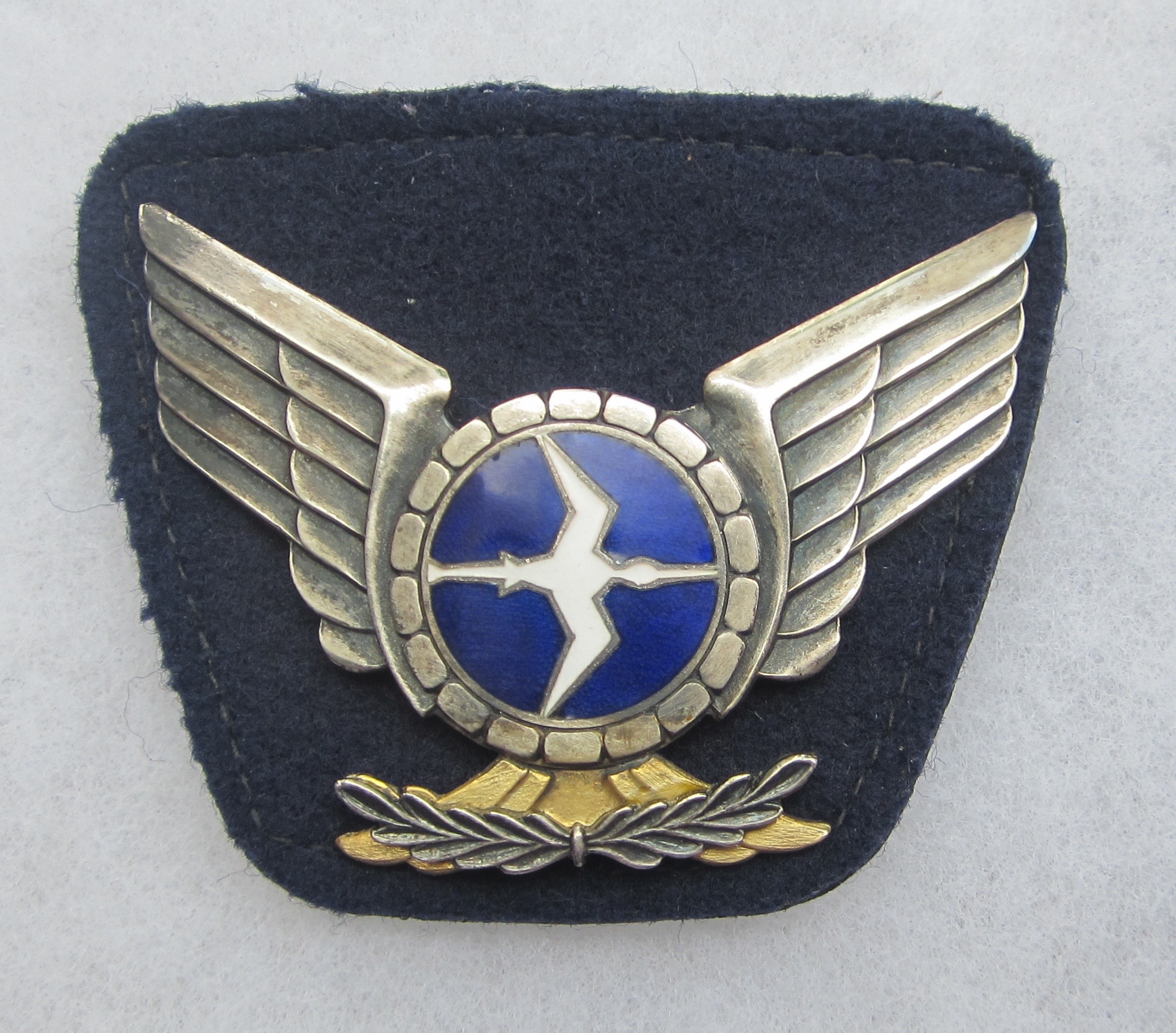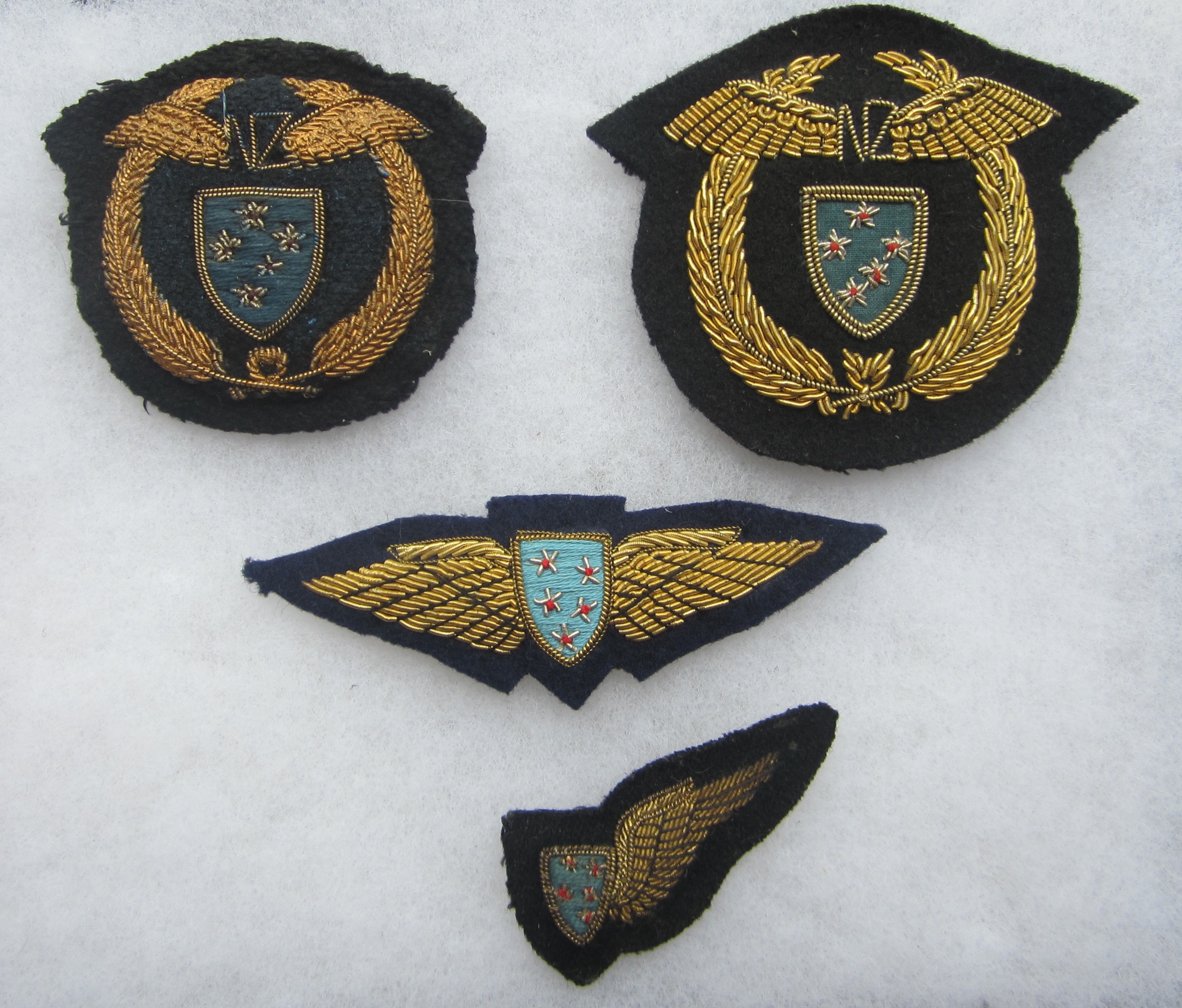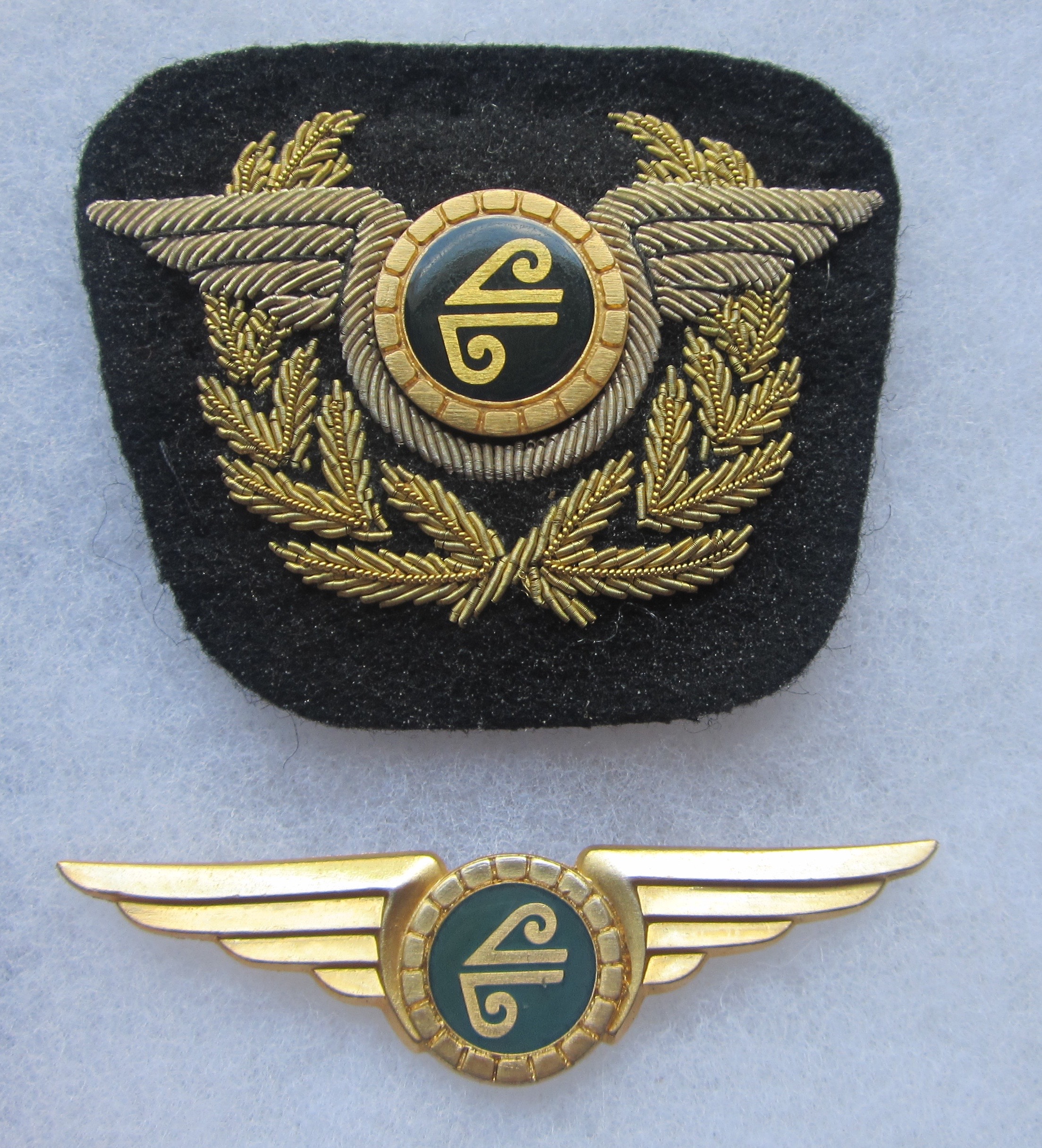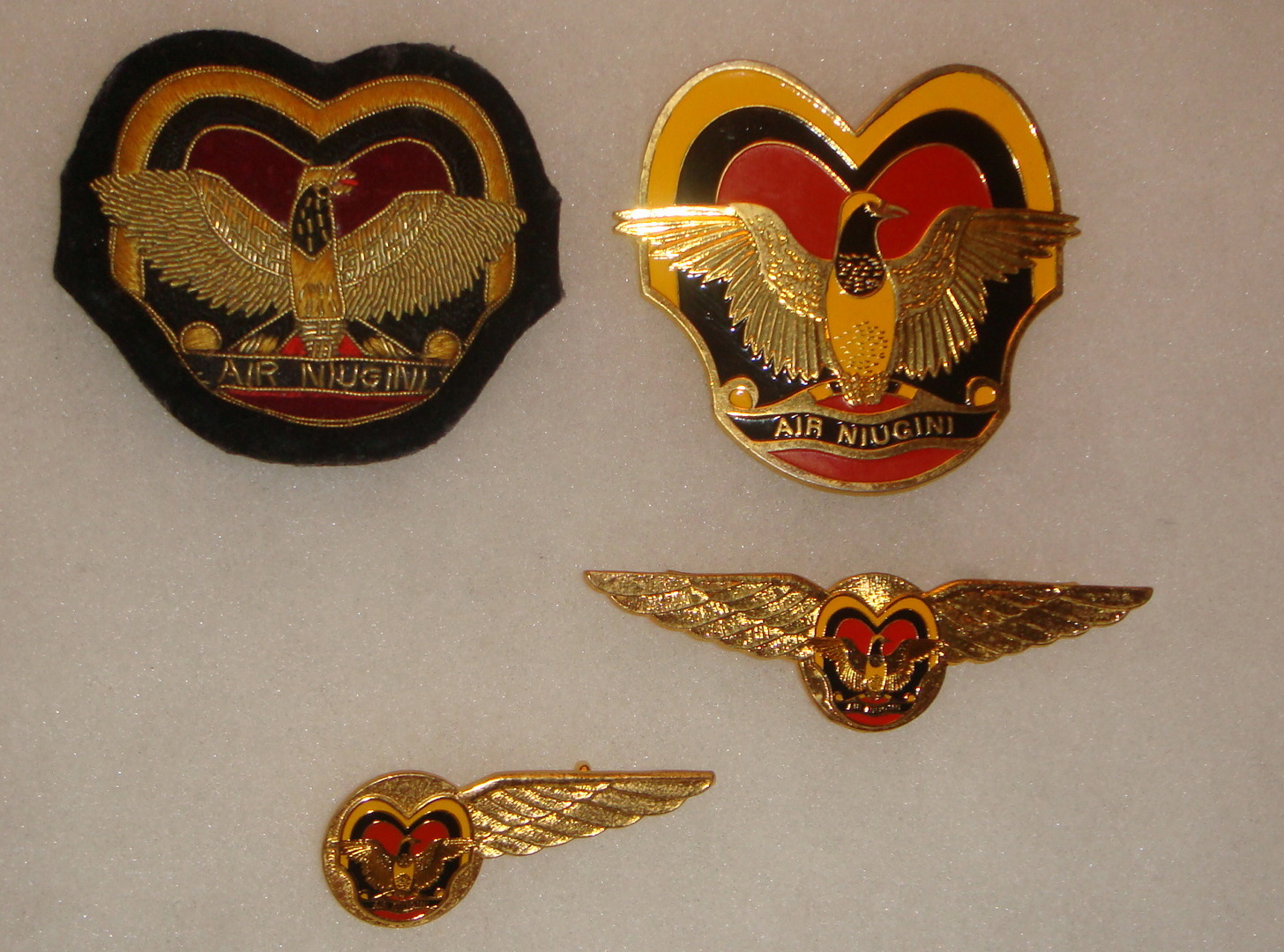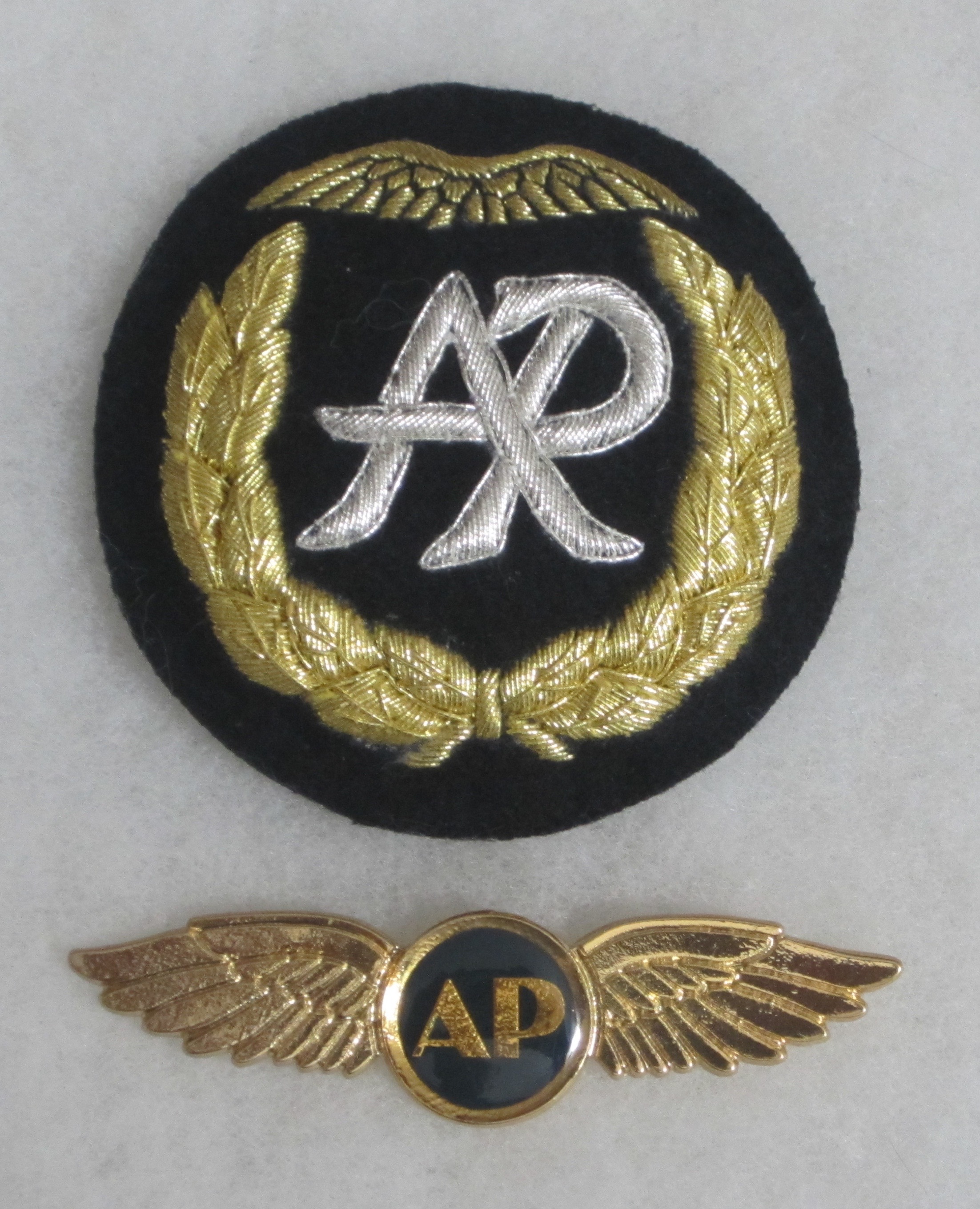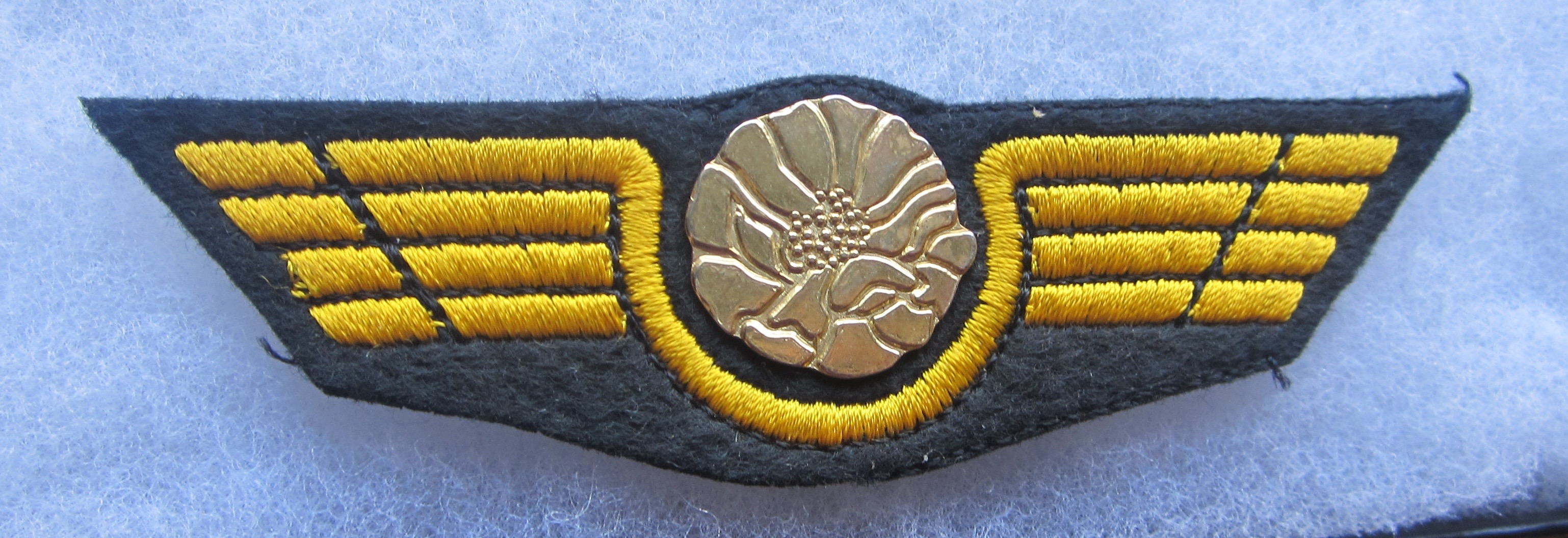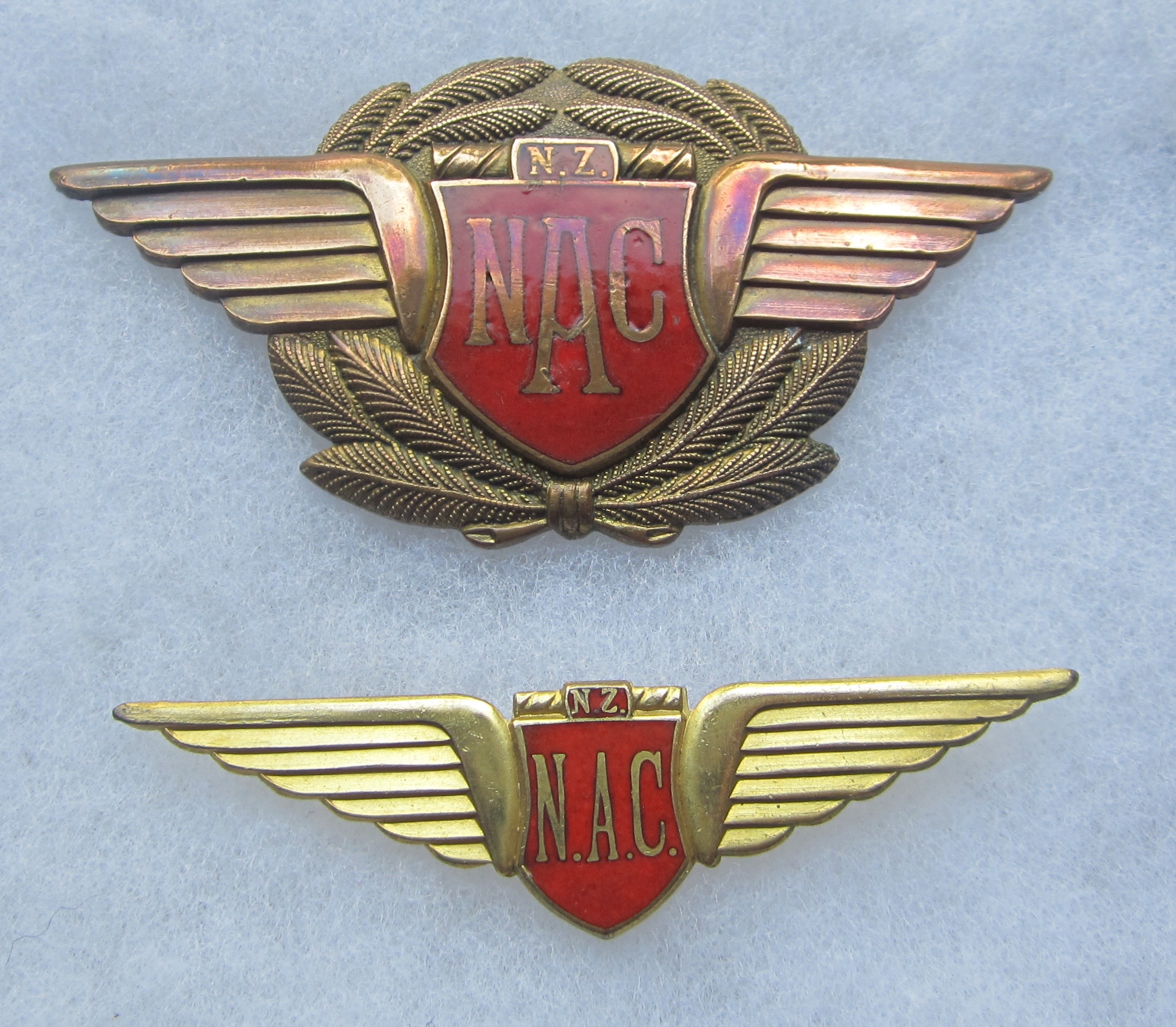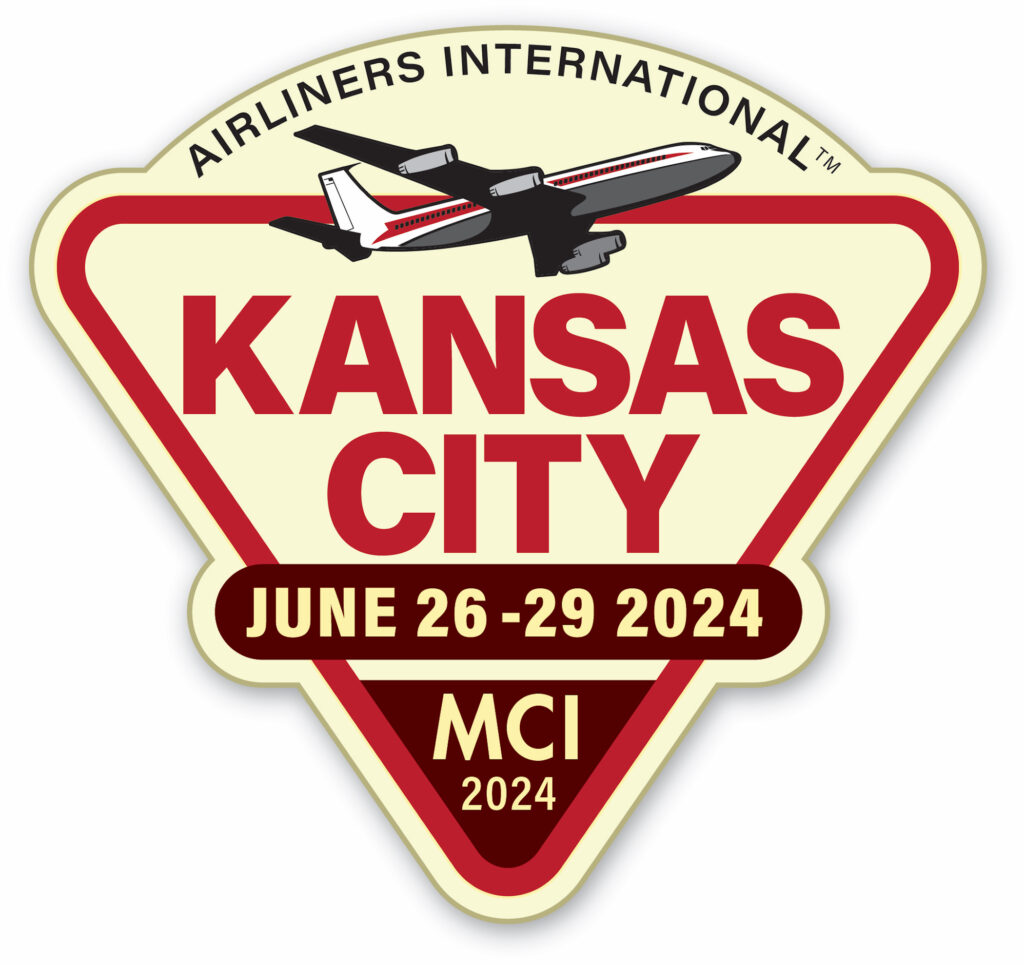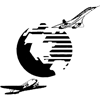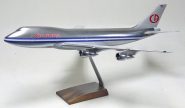
Atlantic Models 1/100 scale 747-100 in Columbia Airlines livery (Airport 1975)
Written by George Andritsakis
I have a confession to make. I LOVE those cheesy 1970’s disaster flicks, especially the iconic Airport series. Out of the 4 movies, Airport 1975 is my all-time favorite. Not only does it have a star-studded cast of legendary Hollywood heavyweights (look up the cast, go on, I dare ya), the inflight and air-to-air scenery are some of the best aerial footage ever taken (in my not so humble opinion). Oh, and did I mention the Boeing 747-100 stole the show? I’ve never seen a more well done and gorgeous fictitious livery. OK, I may be stretching that last one a bit, it’s nothing more than American Airlines’ classic Silverbird livery modified for Hollywood to depict the unfortunately fictitious Columbia Airlines, but still, the Queen wore it stunningly well.
A few years back Inflight200 made a line of models depicting airlines from the movies. They had the Trans Global Boeing 707 from the original Airport, Columbia’s 747-100 (with damage above the cockpit depicted) from Airport 1975, the Stevens Corporation private Boeing 747-100 from the mainly underwater adventure Airport ’77, and the doomed Federation World Airways Concorde from The Concorde…Airport ’79. I barely blinked and the 747’s were all sold out. I couldn’t find one anywhere, for ANY price (lately, I’ve been seeing the Stevens 747 pop up on eBay for somewhat extortionist prices, but the Columbia bird eludes me to this very day).
So, about two years ago, I got fed up with waiting for the 1/200 scale model to come across my path, so I contacted the fine folks at Atlantic Models in Miami, Florida and asked about making me a custom 1/100 scale Columbia Airlines Boeing 747-100, minus the cockpit damage. I also asked them to make the plane completely chromed out and shiny, which added to the cost, but oh was it worth it. Not only did the finished result look incredibly phenomenal, but the model itself also looked like a larger scale than the 1/100 it was. You could call it a “Super 1/100”! It took just a tad over 6 months, but the folks at Atlantic kept me up to date and sent me photos during construction to keep me drooling until final delivery.
Ok, enough drooling and reminiscing, onto the review. Atlantic Models does a fantastic job on large scale models from 1/200 on up. Honestly, in this avgeek’s humble opinion, they far outperform Pacmin in every respect. It’s no wonder airlines like Southwest and American call on them for all their large-scale model needs (don’t believe me? Just check out the lobby to Southwest’s Headquarters at Dallas/Love Field, or American Airlines’ CR Smith Museum for some of the most amazing model airliners you’ll ever lay eyes on). The model itself is a solid, single-piece model, meaning the wings and stabilizers do not detach like most large-scale models do (I requested it built this way), and therefore is HEAVY (27 lbs., or 12.24 kilograms to be exact). Which is perfect for its intended use, as the centerpiece in my recently remodeled living room, to be placed on top of a giant vintage travel chest.
Now, when it comes to this particular aircraft and airline, the smaller 1/200 scale version from Inflight200 has the “cockpit damage” look right above the starboard side of the cockpit, depicting where the Twin Baron collided with the 747 on it’s descent into Salt Lake City, Utah in the movie. I’m not a fan of that look, at least not the way it looks on the model. In my eyes, it just looks too hokey and fake (I know, I know, it’s just a fictitious airline from a movie, get over it, George). The BigBird 400 model does not have the damage and looks absolutely stunning as well (I’m trying to get my hands on this one as well, but it’s been well over 10 years since I’ve seen one for sale).
Since my 1/100 scale version was chromed out, it looks far more realistic than a lot of other non-chromed 1/100 models from airlines with buffed out, bare metal finishes, and I LOVE that. When compared to some of my American Airlines models, the Columbia model pops out far more. The chrome added to the cost, but oh man, it was worth it. The model has since become a centerpiece in my house.
The rest of the livery was perfectly applied by those magicians at Atlantic Models, and the model itself has no flaws on it and is proportionally accurate. To keep with the accuracy and branding as close as I could to the actual film aircraft, this model also has the registration added (most 1/100 models sadly don’t). The only real issue (a minor one, at that) is the top of the tail has some slight curving to it. Not a whole lot, but it’s noticeable if you look for it. Another thing, and most larger Boeing 747 models don’t have this either, are the HF Antennae on the wingtips were not included. Other than that, again, the model is the absolute best and most gorgeous model I’ve ever had. If you have the ability, funds, and room to do so, a custom-built model from Atlantic is a heck of a way to go.
